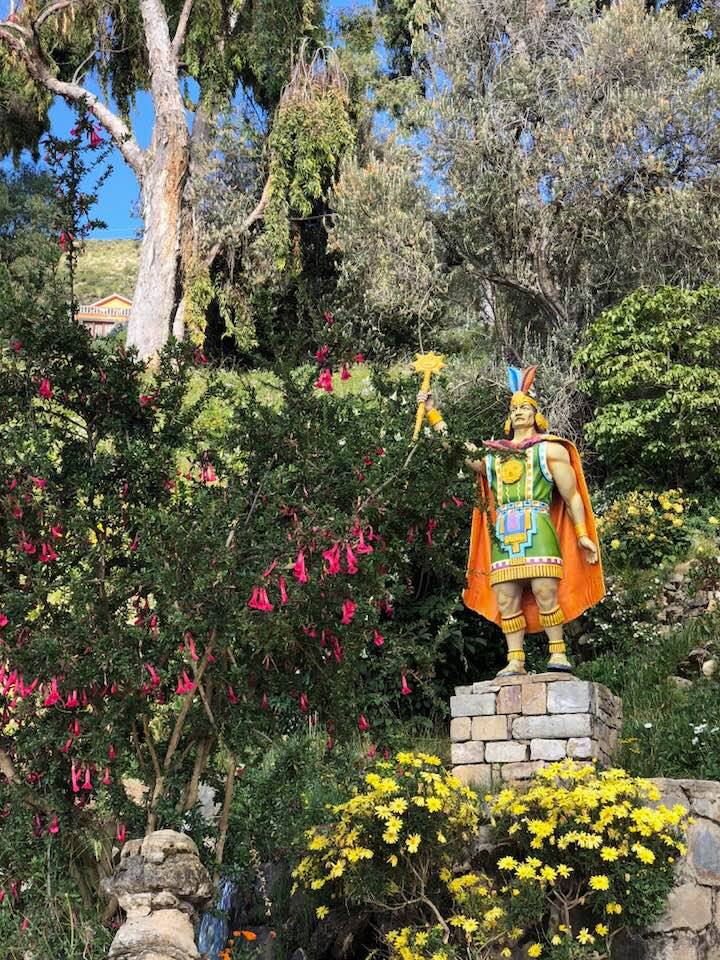
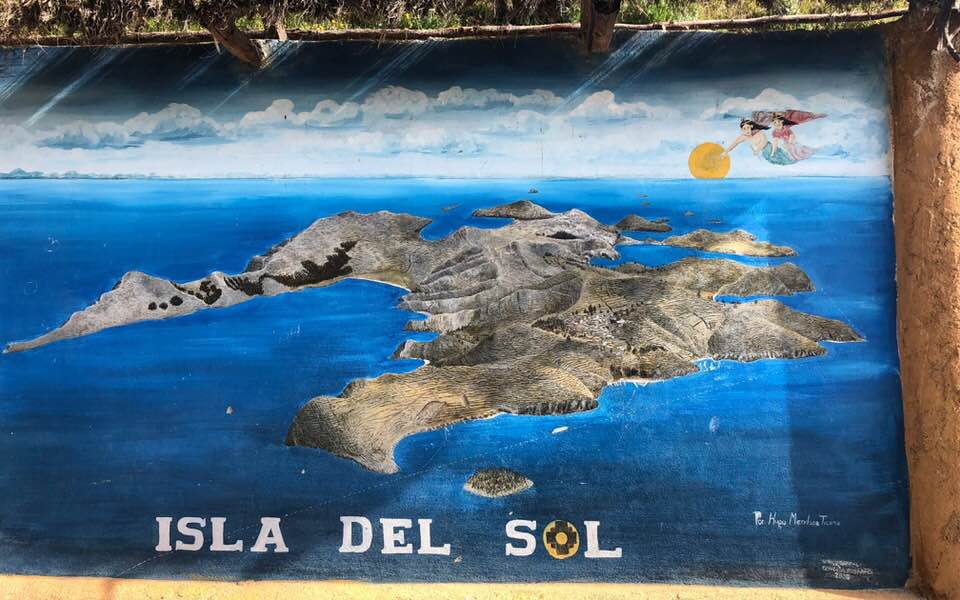
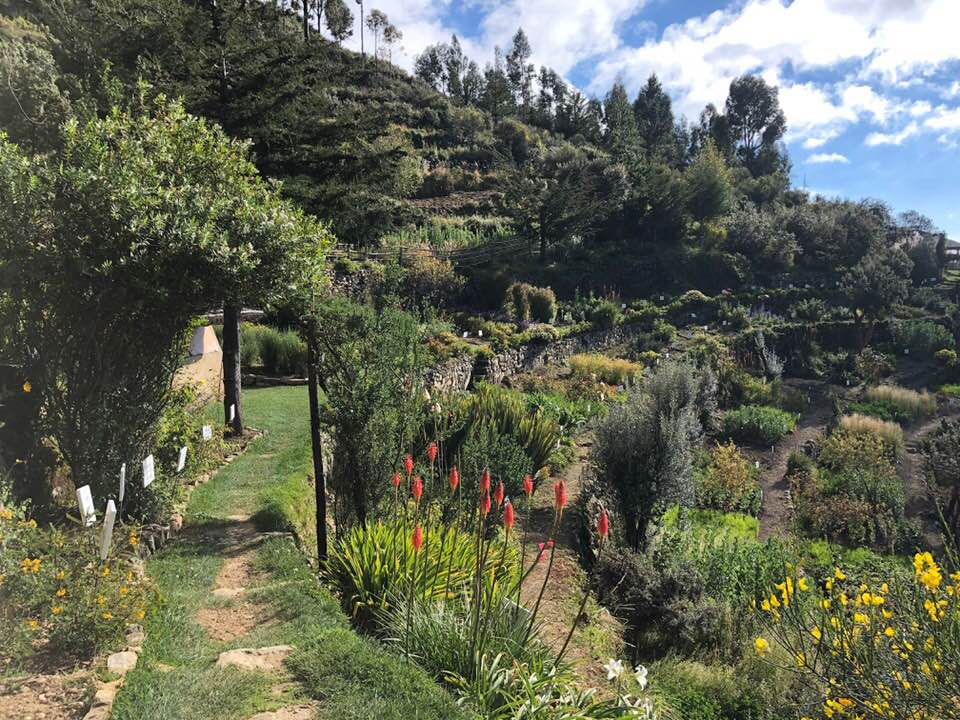
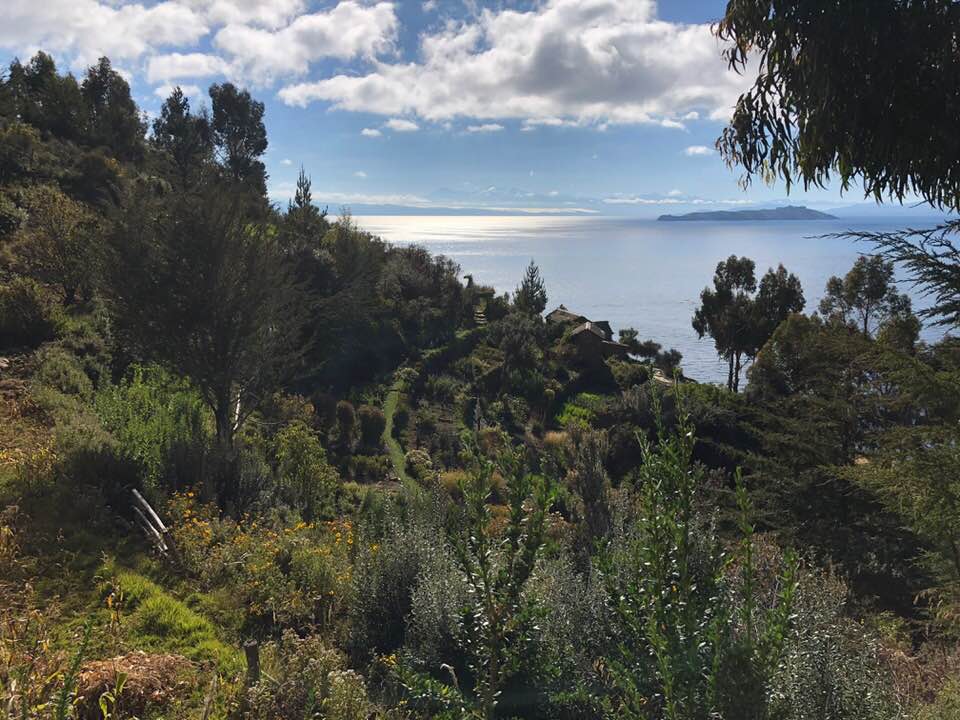
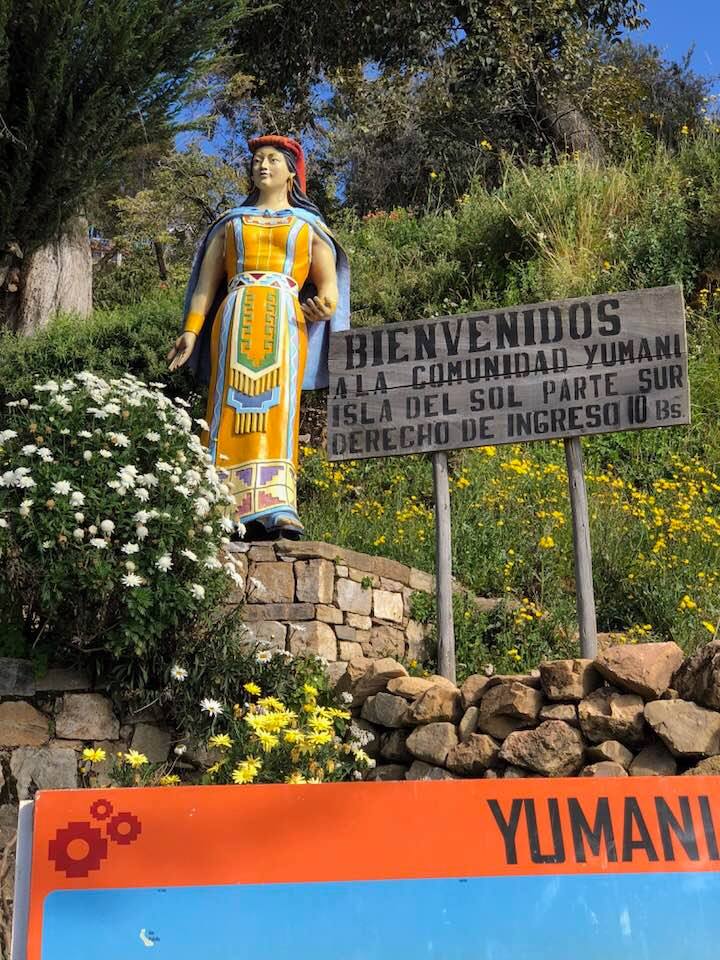
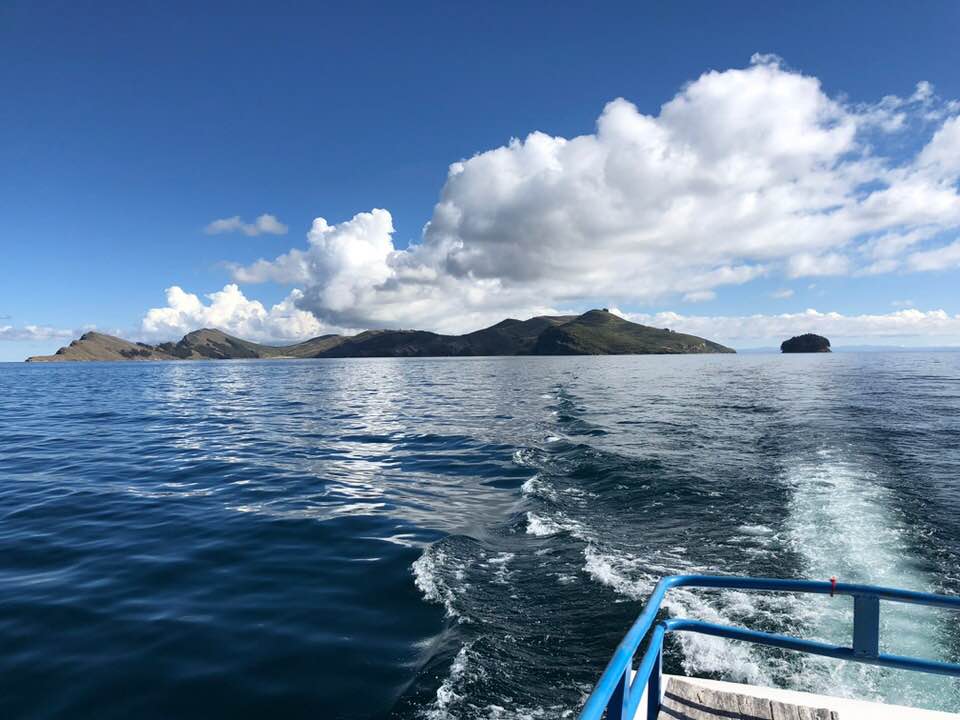
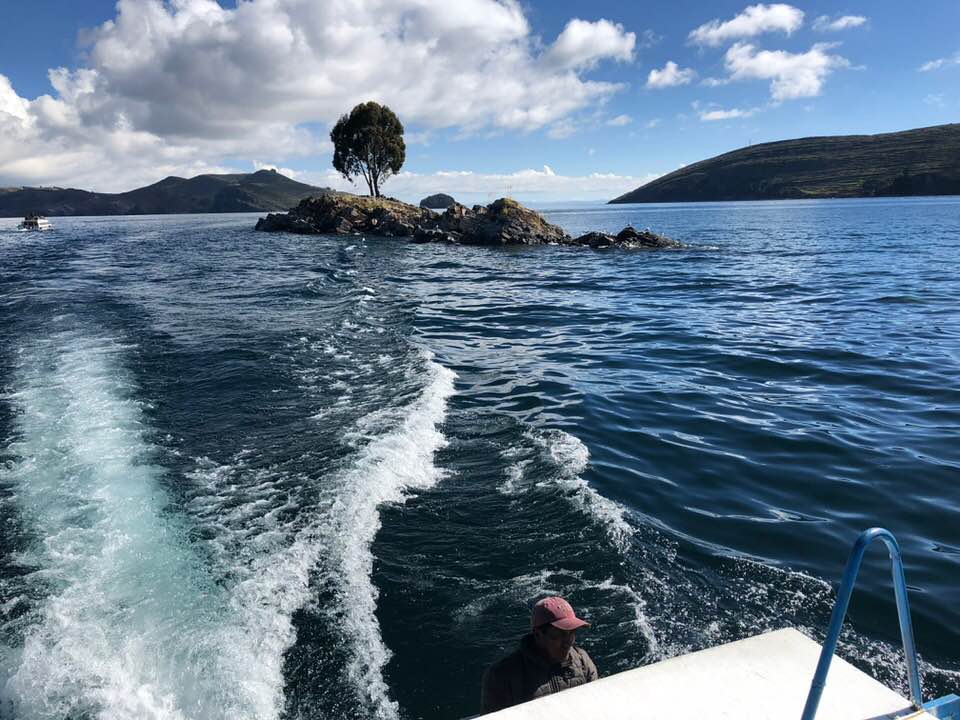







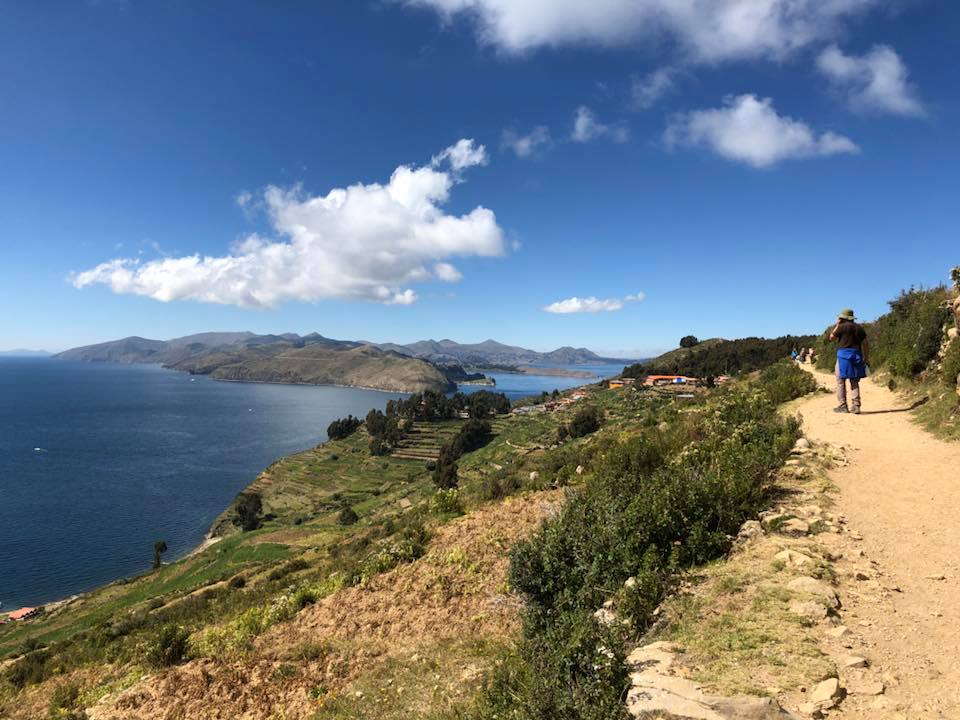
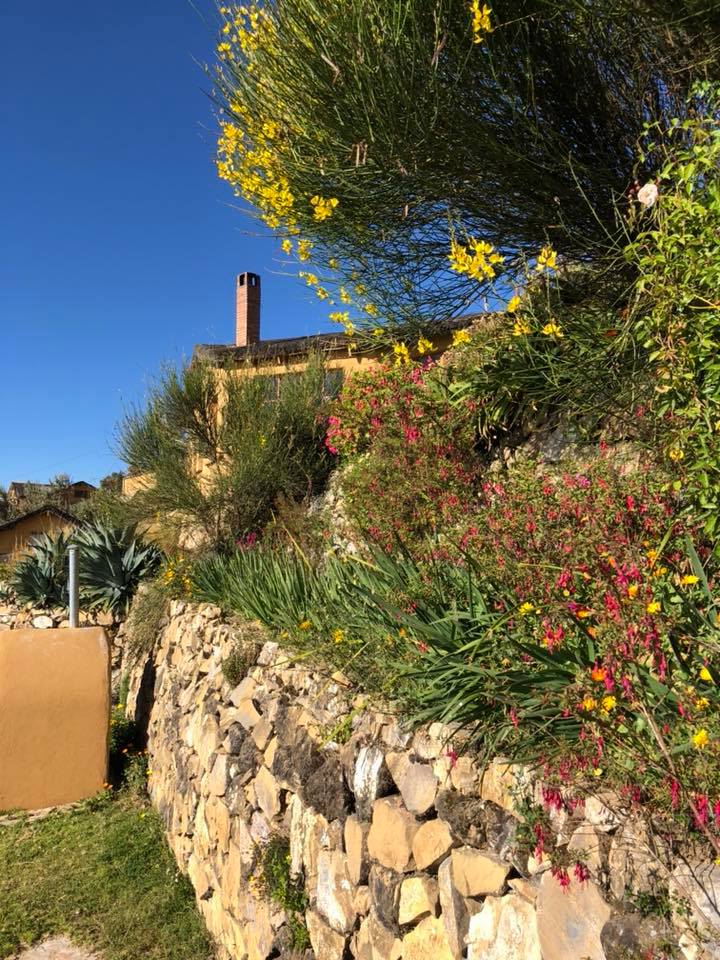
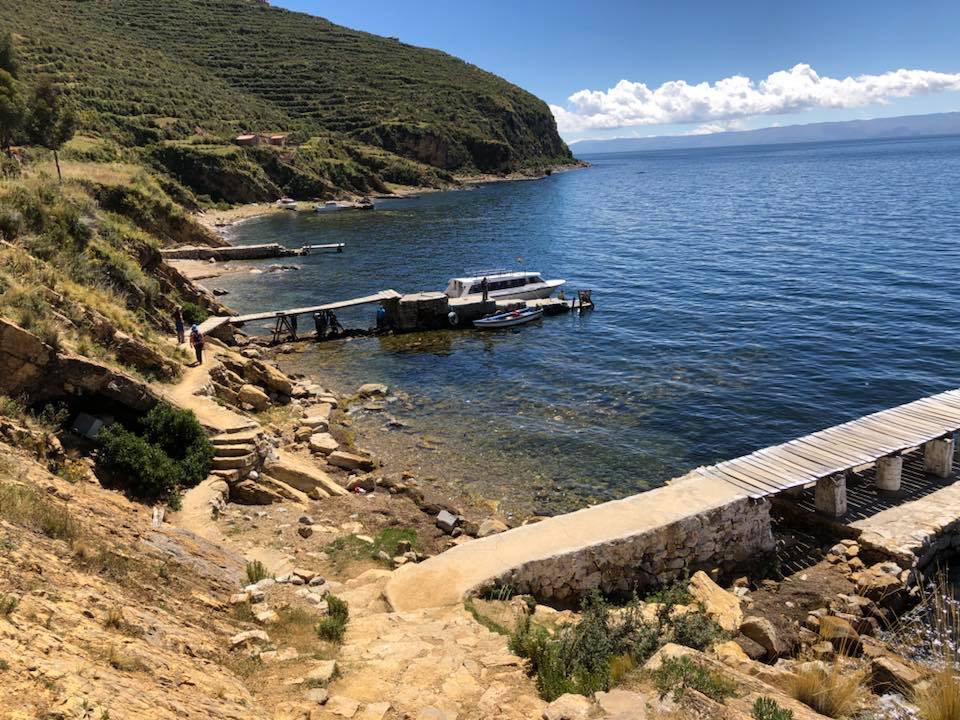


Museo Rafael Larco is considered the finest collection of pre-Columbia’s artifacts in the world. It is housed in a classis home beautifully maintained. Gardens are bursting with bouganvillas.
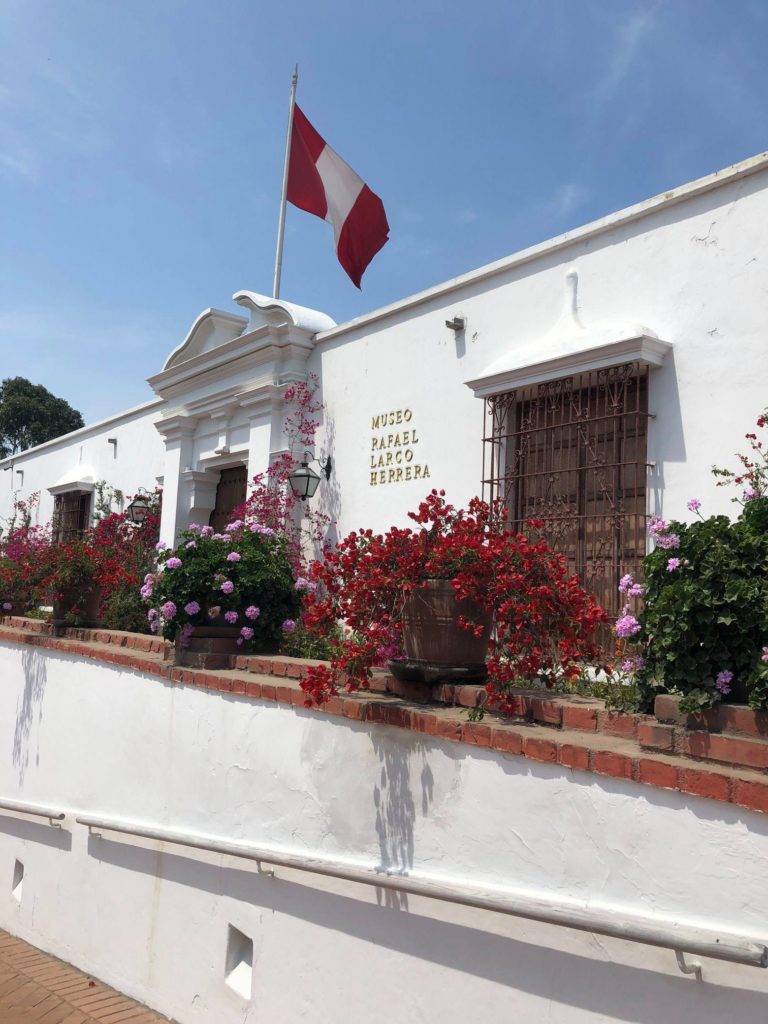
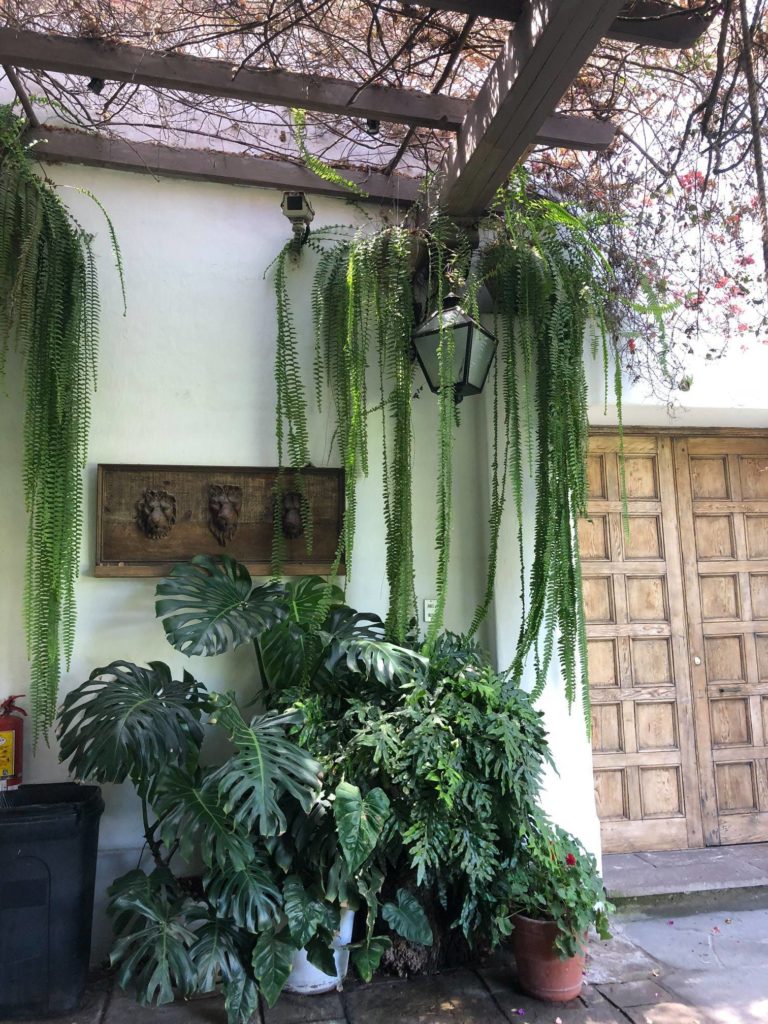
I hear a guide explain to his group: from here you enter the gallery of the sexually explicit Mochica ceramica. Would you like the formal polite explanation or the local interpretation? Never mind, it is all self explanatory!
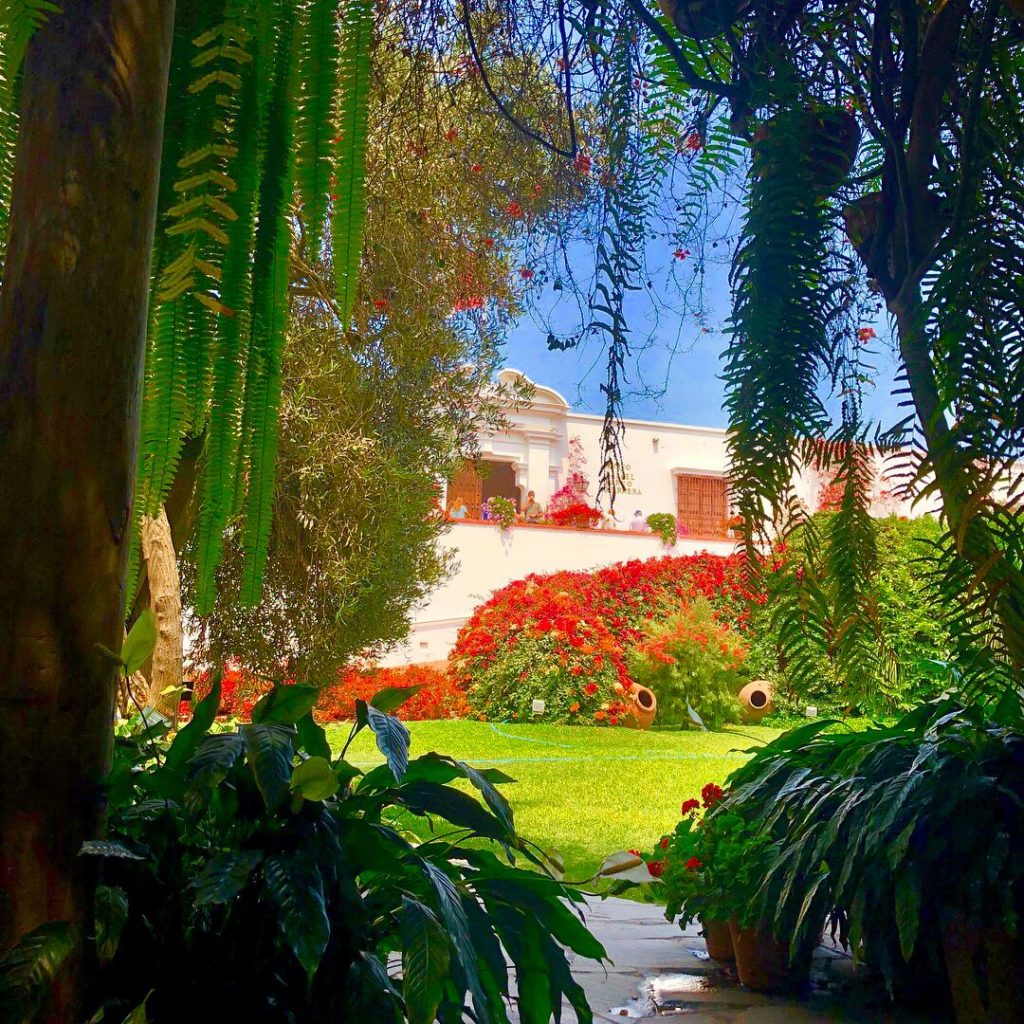
Tiled wall in the side entry to San Francisco Iglesia.
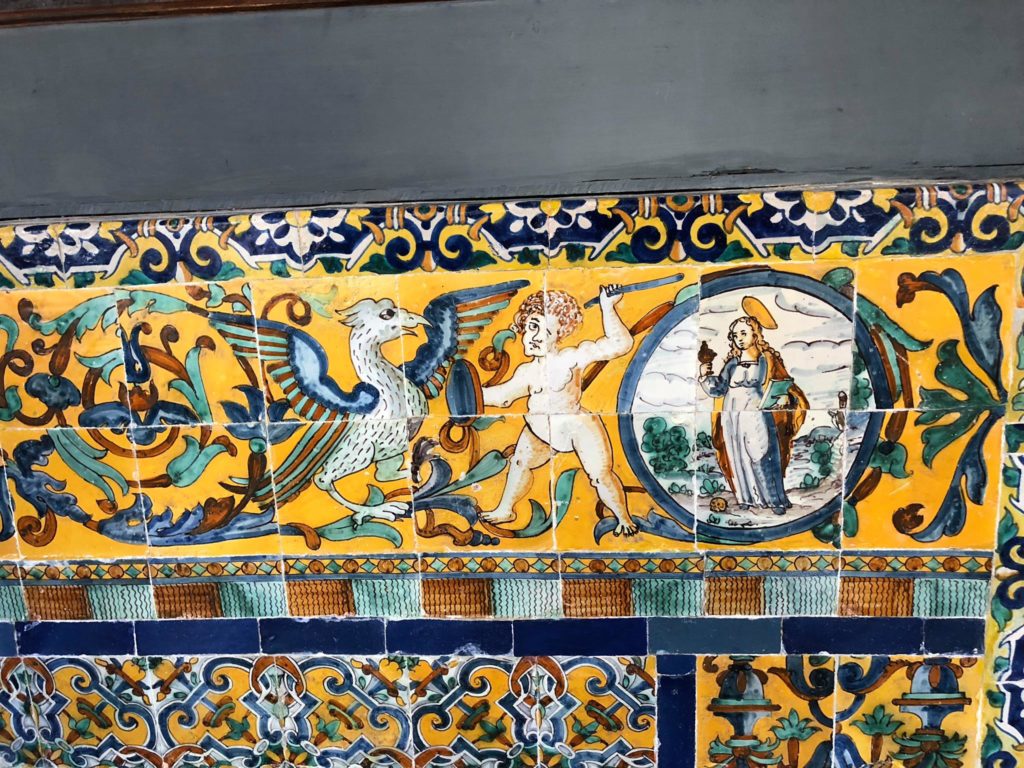
Panel in the San Francisco church side entrance — in Lima, Peru.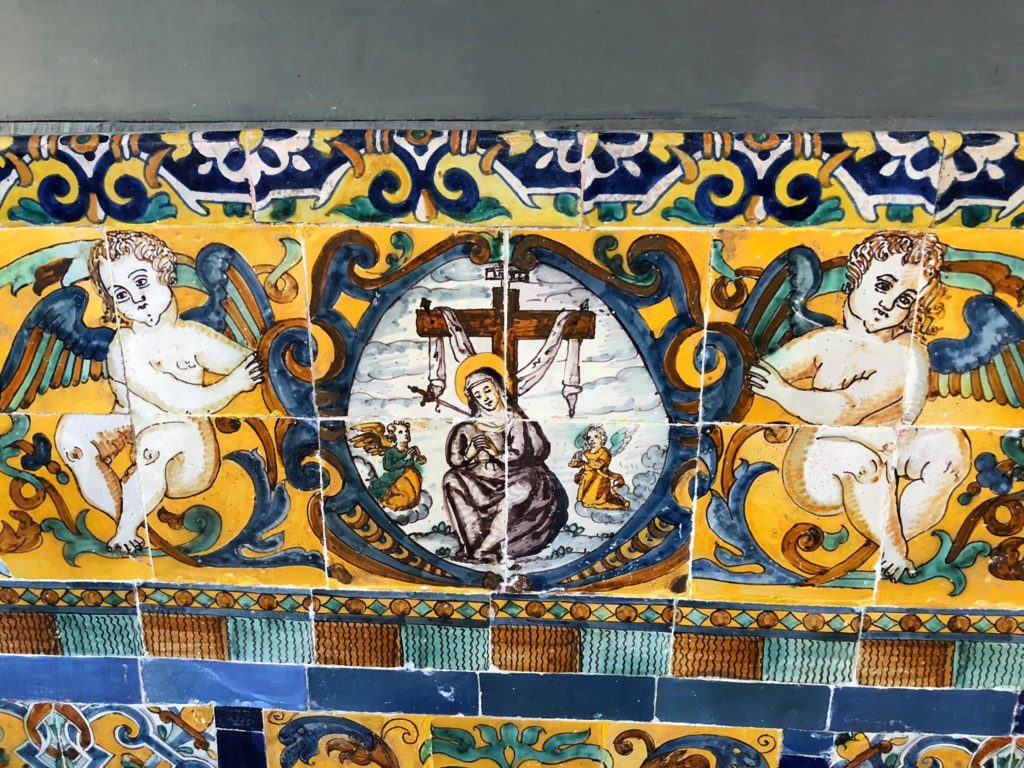
Christ has long hair and is wearing a skirt. Indigenous were offended by the nudity, but identified with the pain and suffering of the story of the Passion. — at Museo Convento San Francisco y Catacumbas.
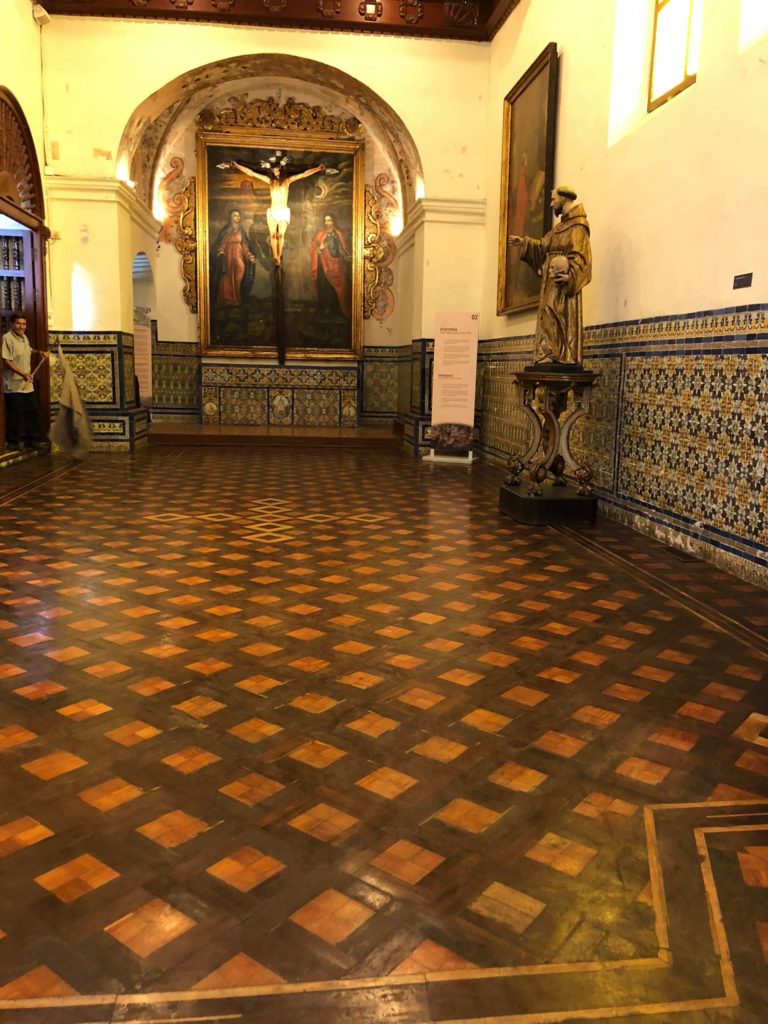
Mary is at the pinnacle of the baroque archway. The Inca sun is on the spire at the top!
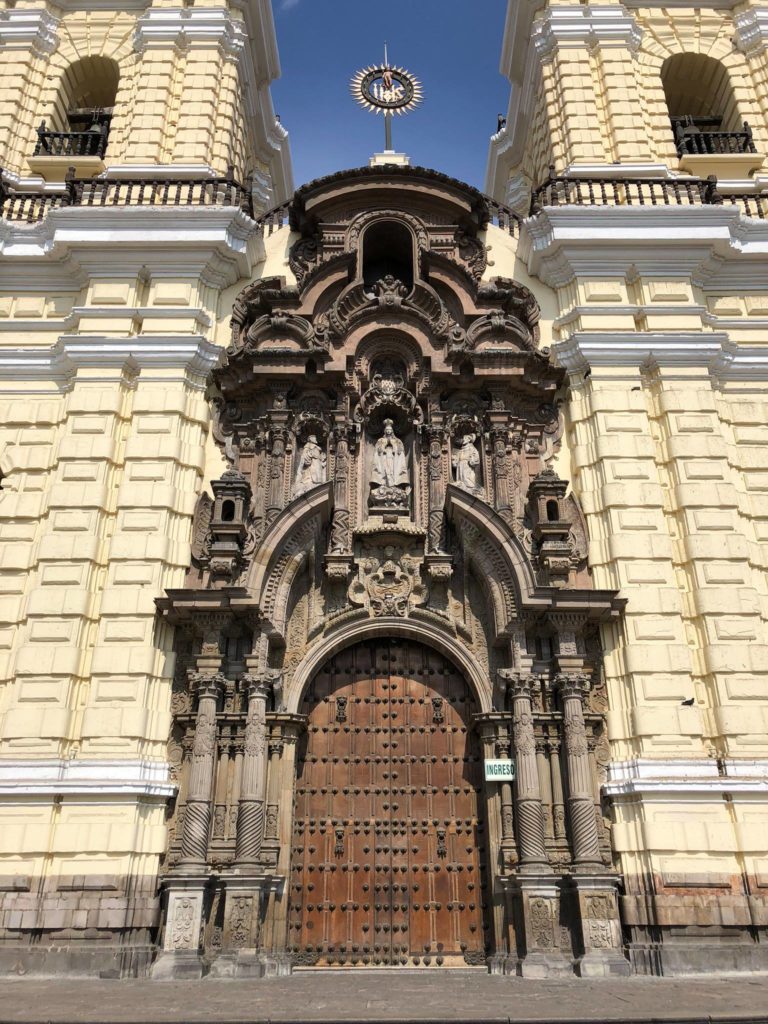
Walk or bike along the Pacific cliffs with high rise hotels all along the way. A good antidote to jet lag!
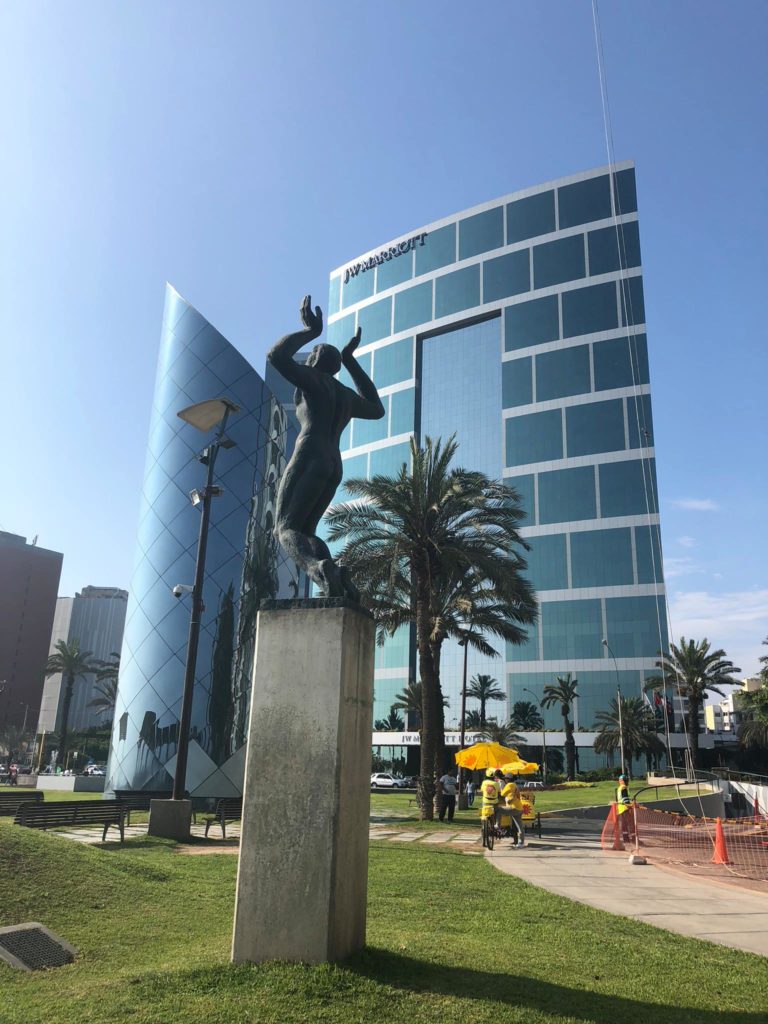
Pacific glare 13 degrees south of the equator as “fall” begins here! Rainy season is over.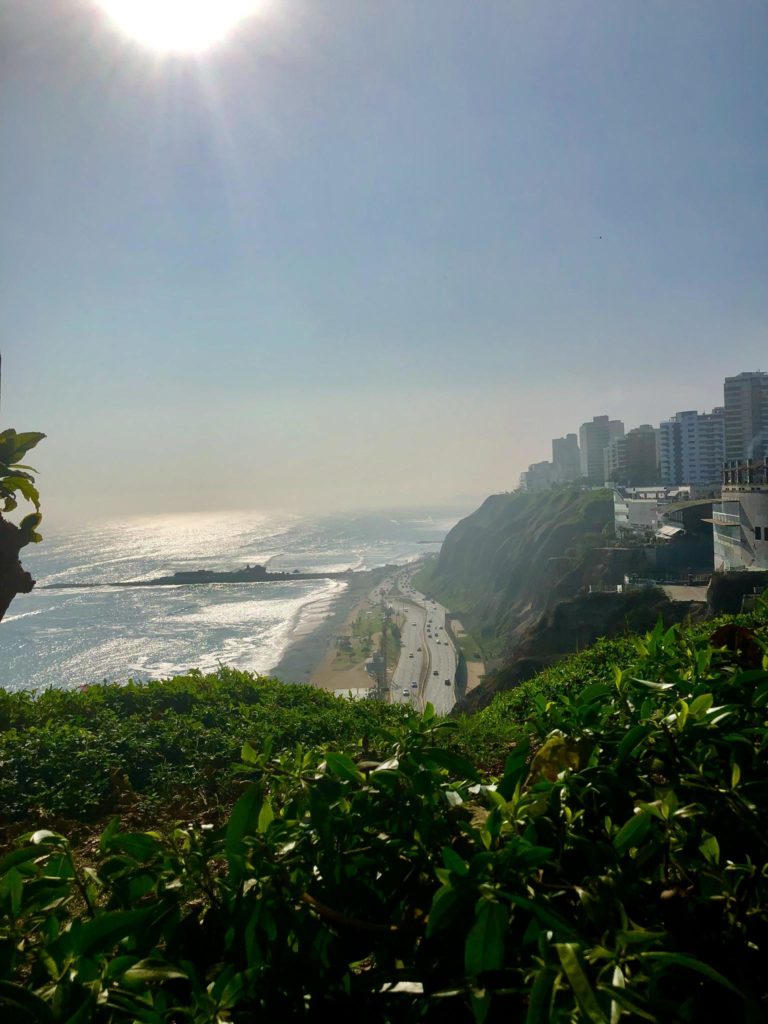
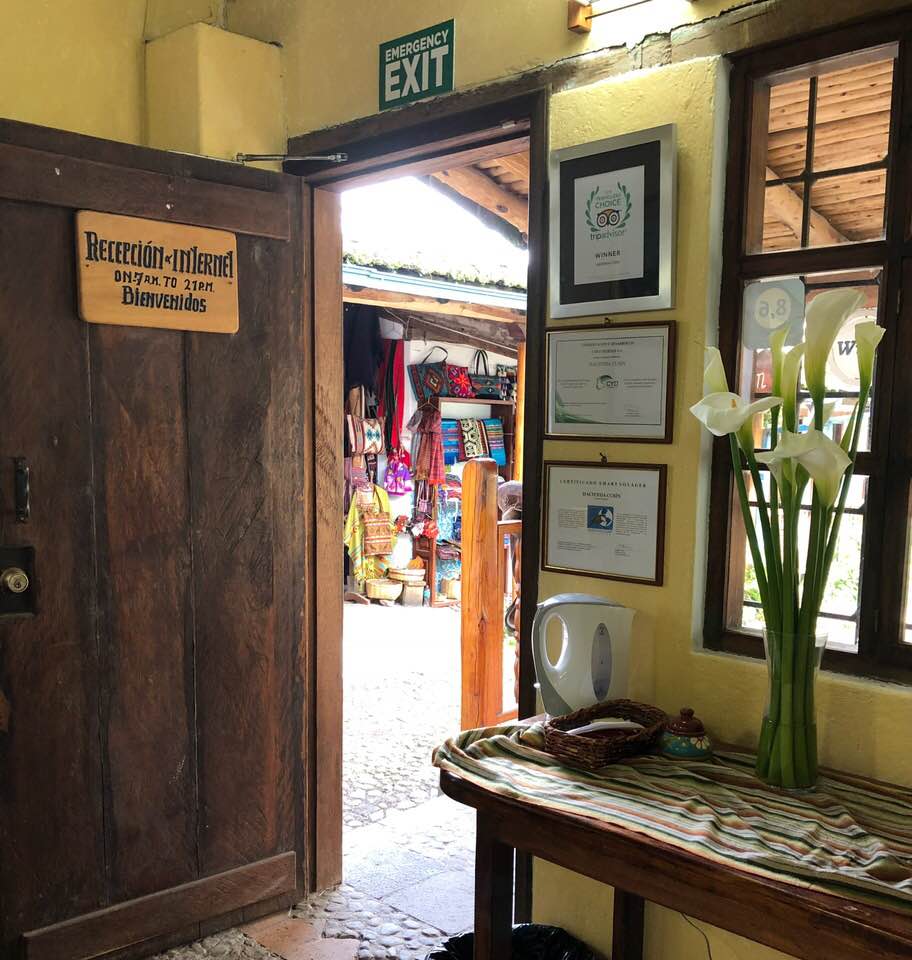
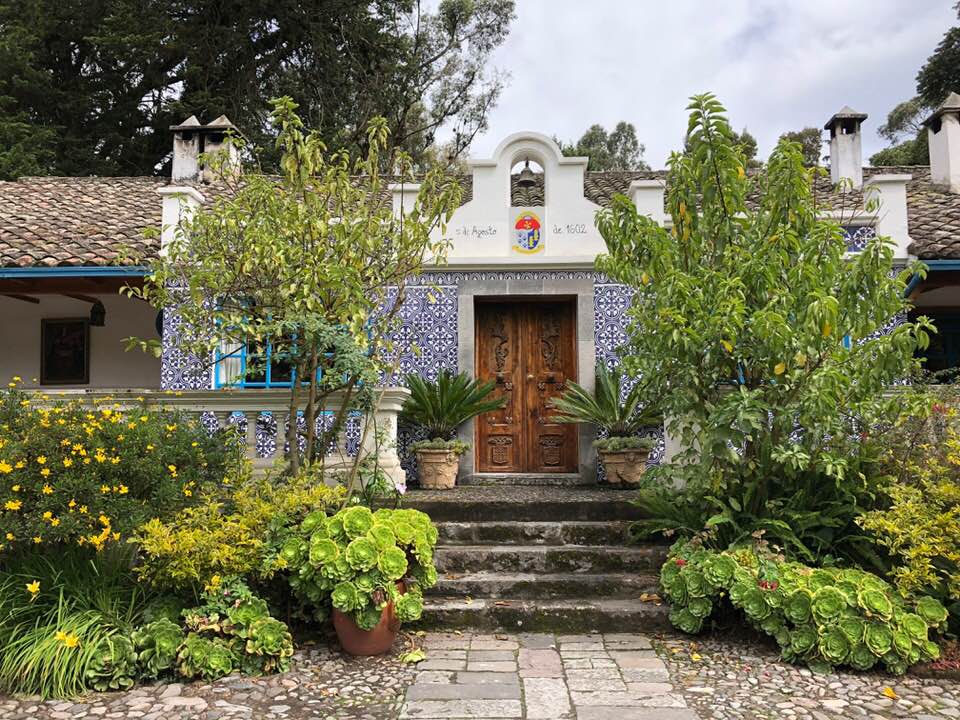
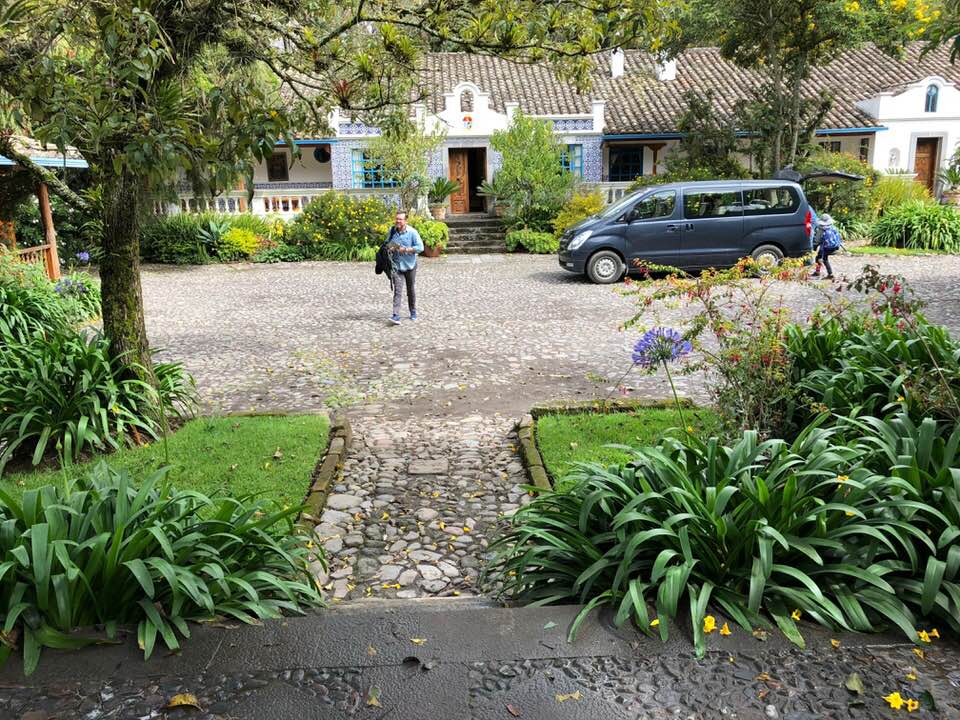
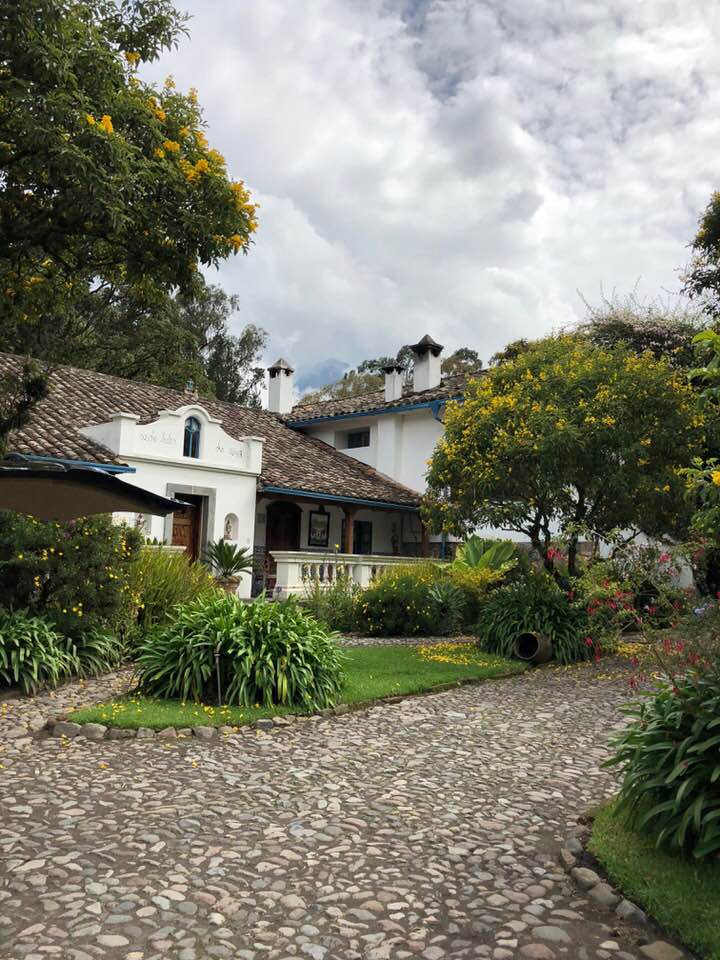
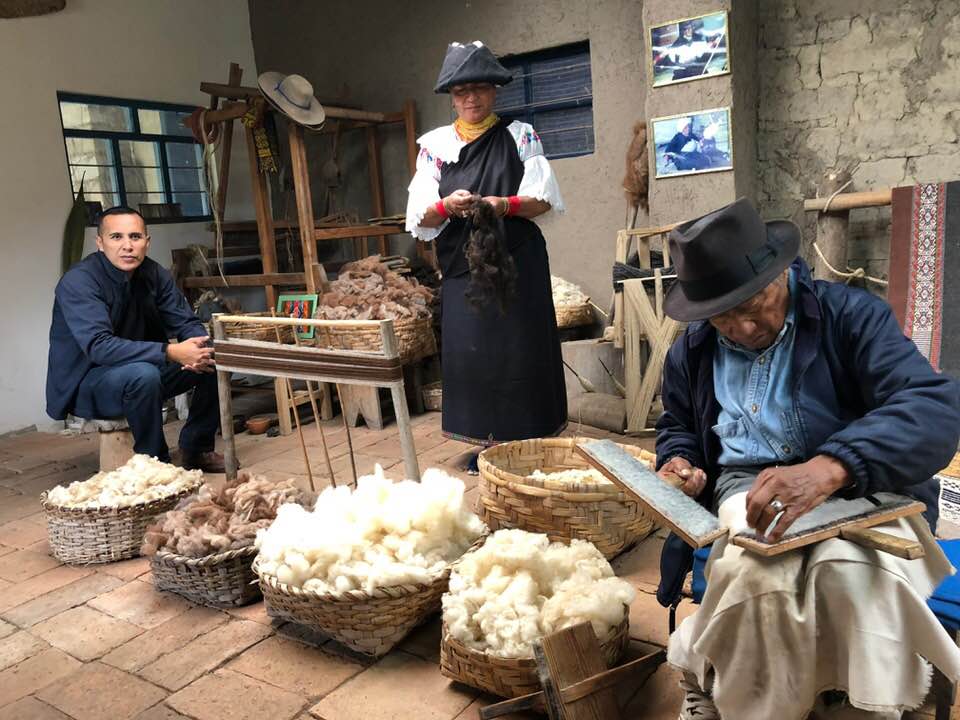
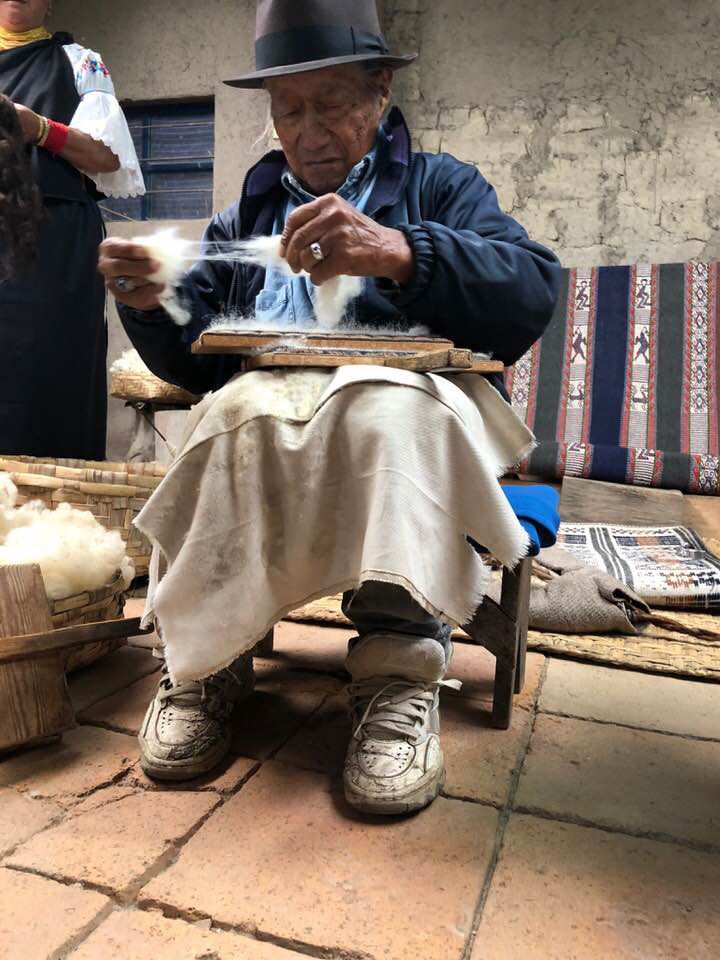
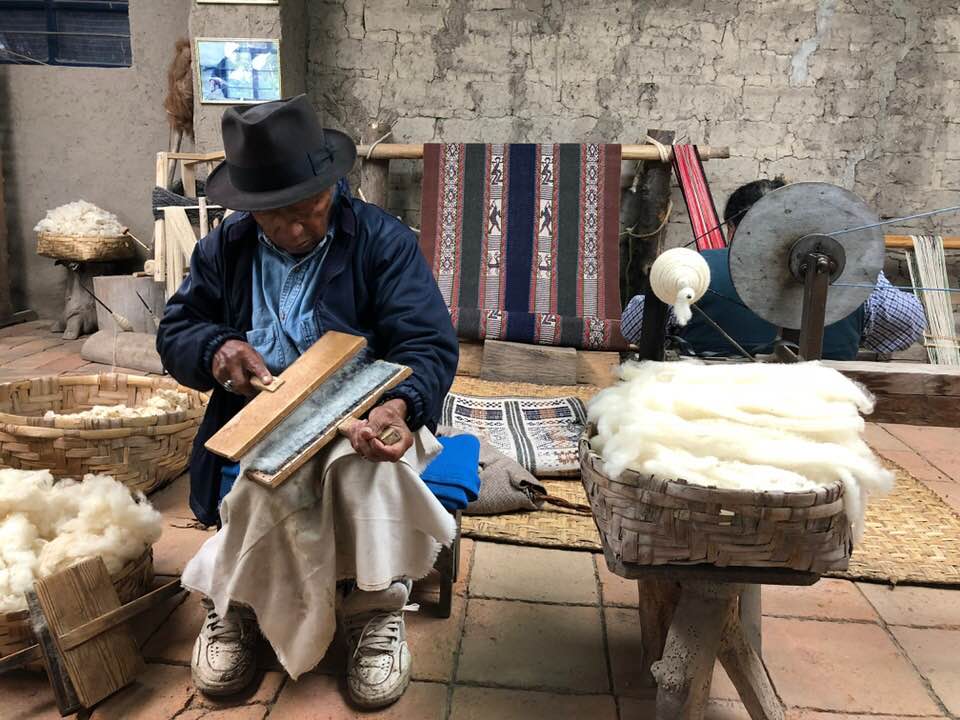
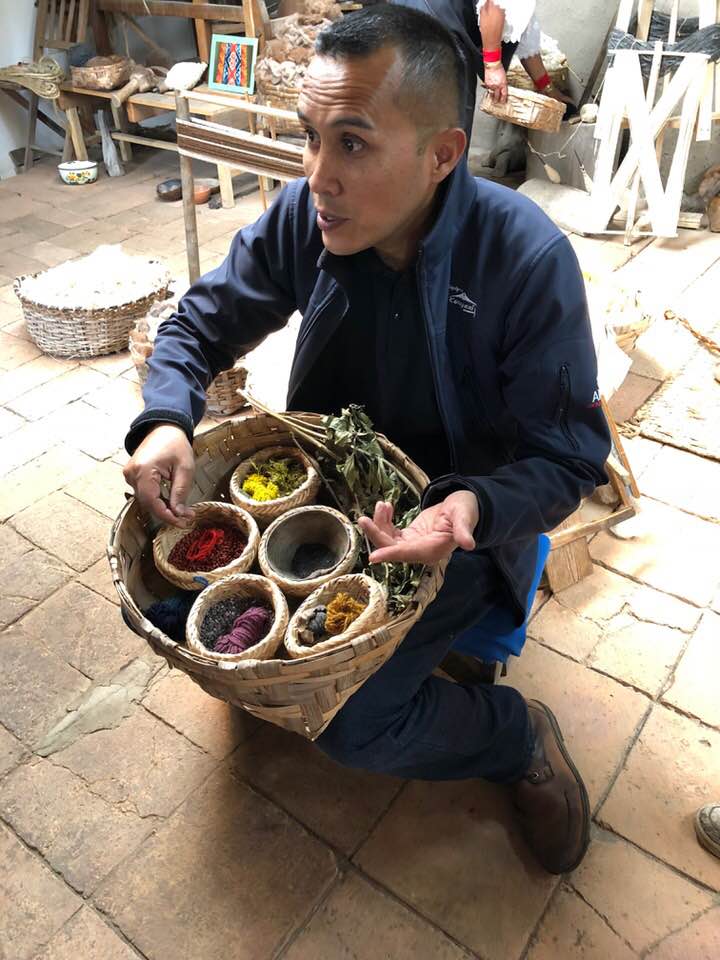
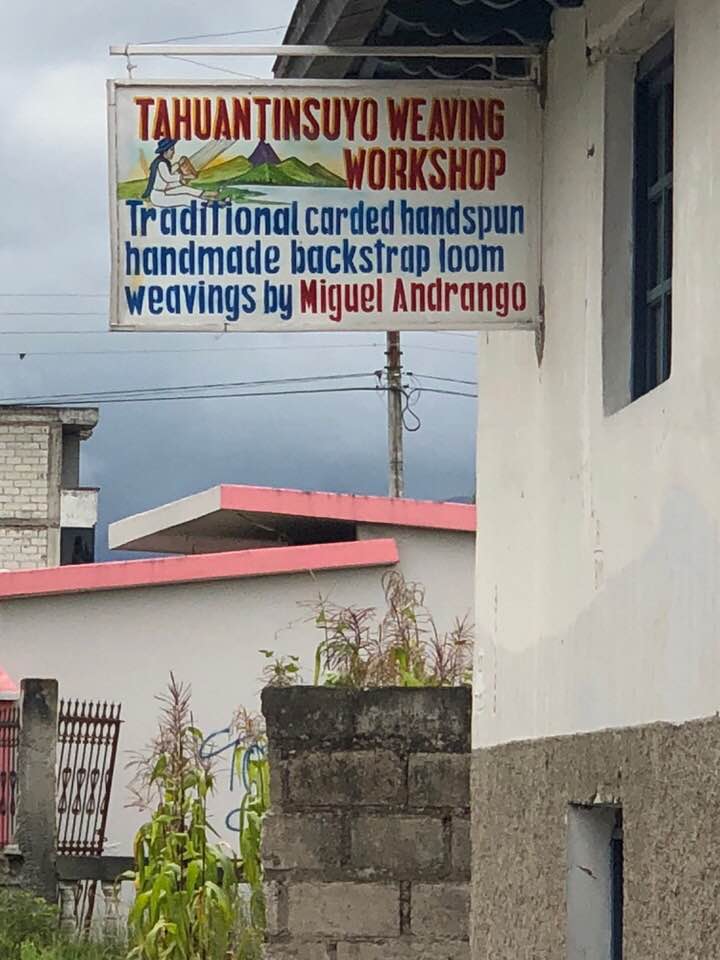
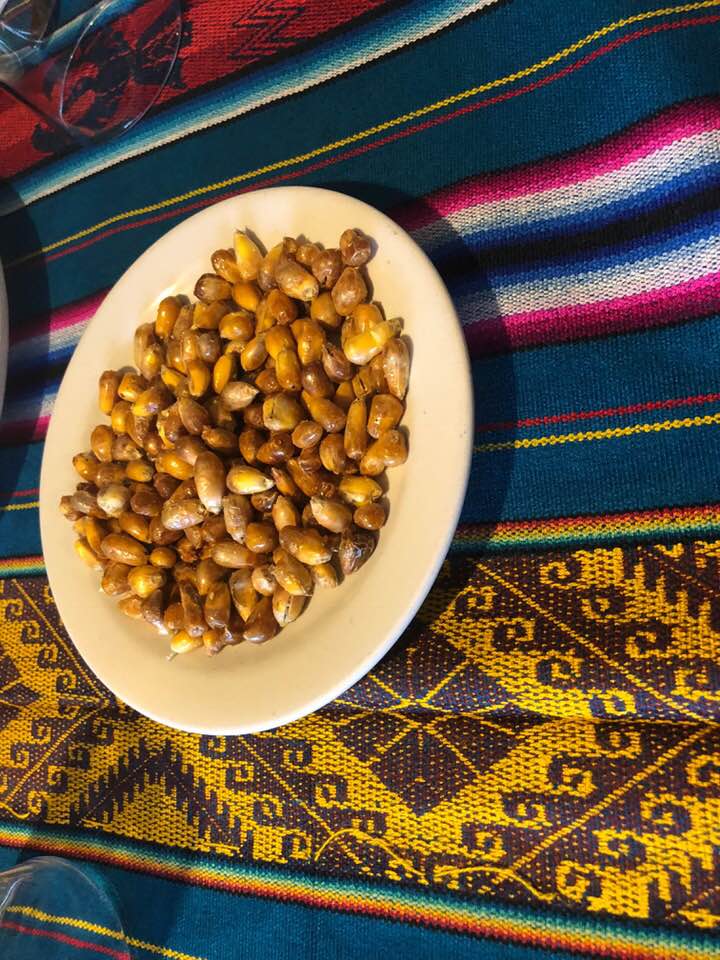
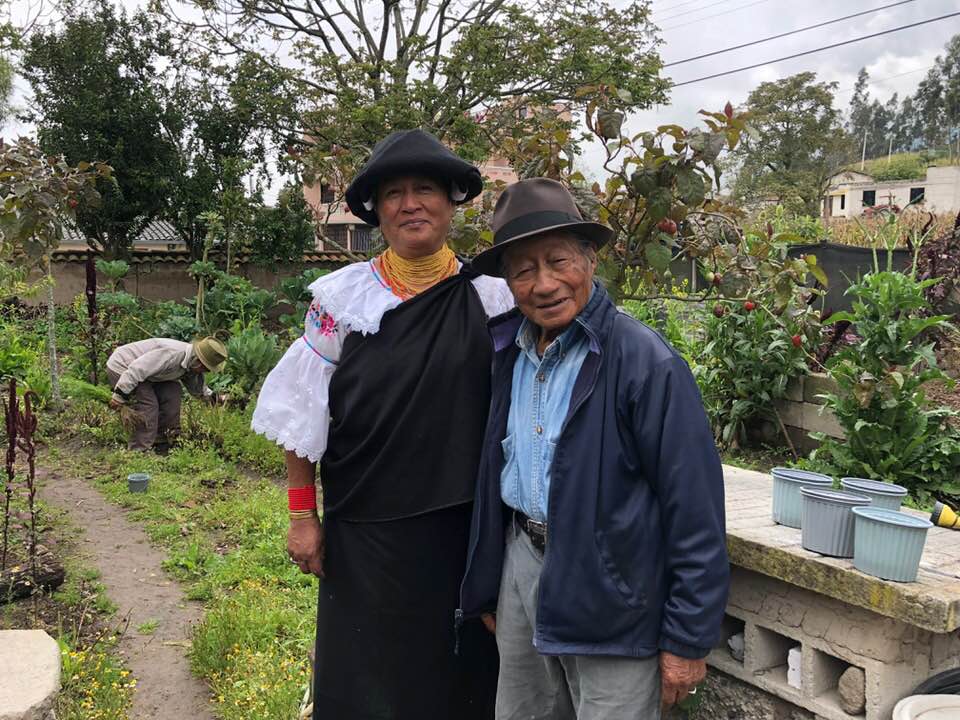
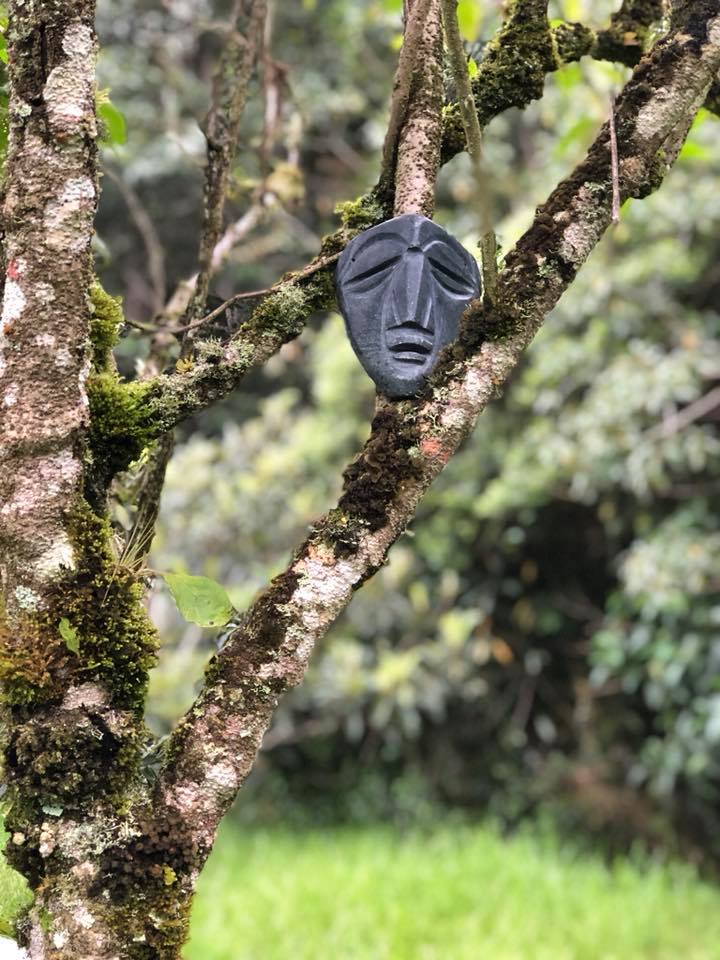
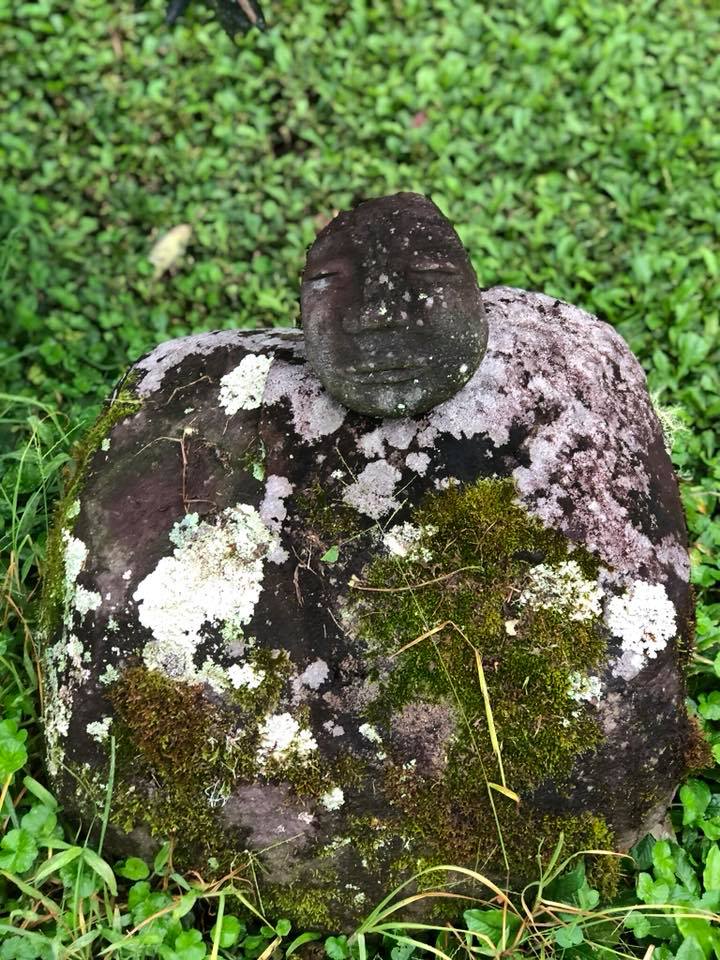
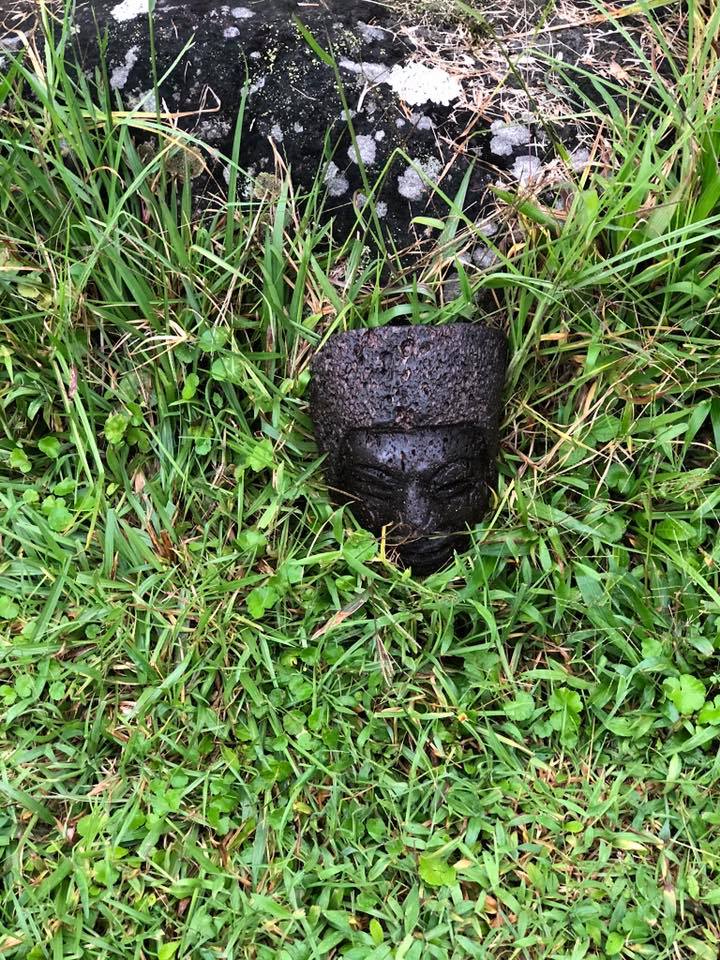
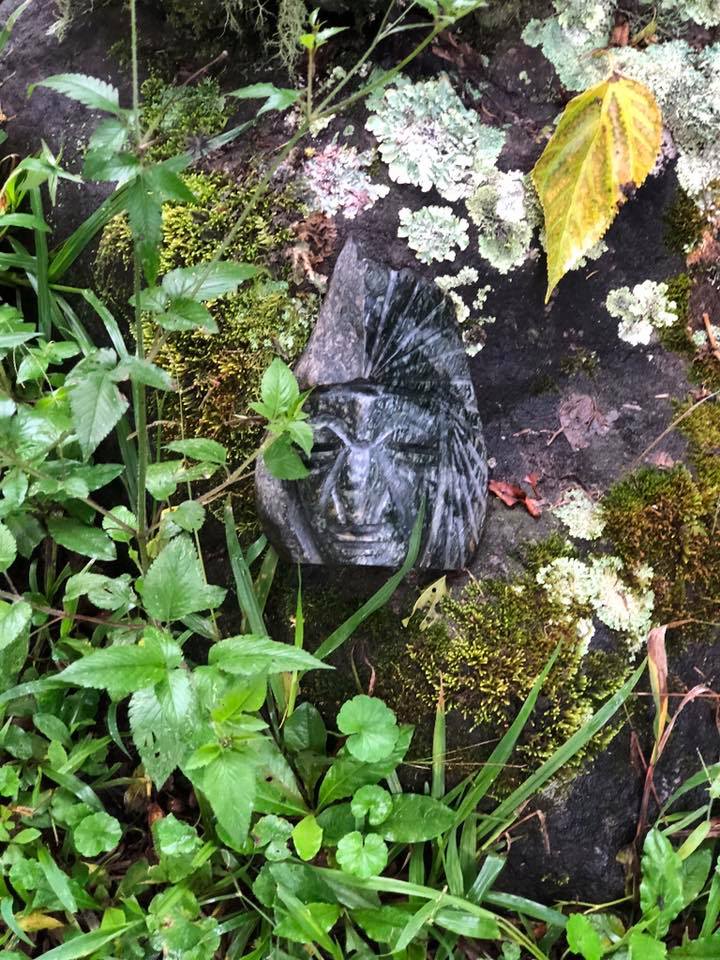
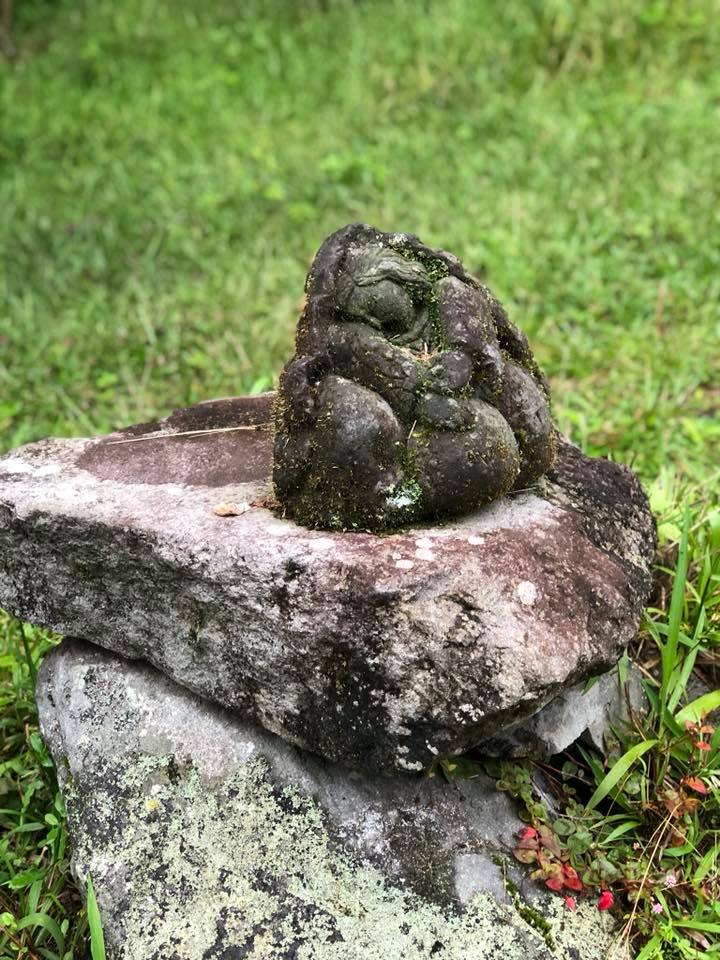
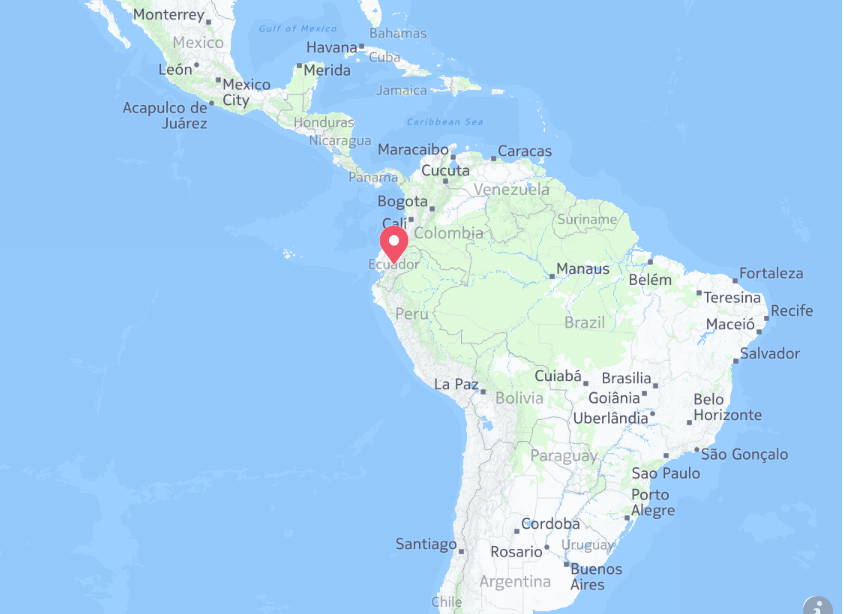
Galapagos Islands have lured adventurous travelers for decades. With the improvements in the flight to the islands 600 miles of the coast of Ecuador, the ease of access is greatly improved from the early days of long noisy motoring in small simple boats.
The islands are volcanic rock. It is rare to see a palm tree! The point is to get to your cruise ship and enjoy circumnavigating the islands in usually calm waters of the Doldrums. Each island will be completely unique to the other including birds species and animals and topography.

The first transfer from the simple airport is by bus to the coast of Baltra Island to a ferry to your boat.
The most comfortable and eco-friendly way to enjoy the Galapagos Islands is from a cruise ship. Choose the length of time you can spend; either 4, 5 or 7 night trip. There are two segments of most tours; select the northern route or the southeastern loop. Then consider what size boat you would like. We strongly suggest smaller ships that accommodate 16 – 24 passengers as they will be able to access smaller harbors. Catamarans tend to be more stable, however single hull ships are certainly comfortable.
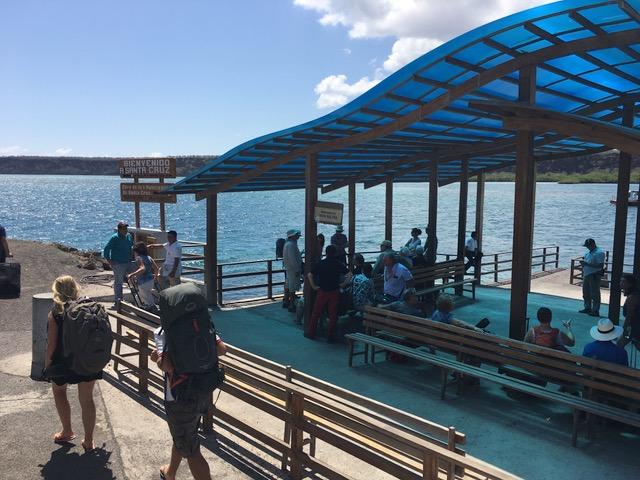
All boats are carefully scheduled so every destination is not be crowded with too many ships are in one location.
This is why at certain times of year, Christmas, Easter and summer vacation times, sell out months in advance.
The weather on the equator, at 0 degrees latitude, reflects the altitude – so the islands are always very warm and humid. The water currents change because this is where the Humboldt current sweeps down from the northeast meeting the Pacific waters from Antarctica. Therefore wet suits are very important when you find the water is very cold. Snorkeling equipment with flippers and masks and wet suits are usually available on the boats. Some travelers prefer to bring their own.
Each day, there will be 2 – 3 excursions from the boat to a different island destination. Inflated rubber rafts that hold 8 people will carry you to either a “wet landing” or a dry landing on the beach.
Your time in the midst of the unique delicate ecosystem is a priority. Whether snorkeling along a carefully selected reef, walking on the black sandy coastline to find turtle tracks, or hiking on the rocky volcanic surface, each visit is special.
The animals and birds will not be afraid. They may be curious, or they may ignore you. Travelers are to strictly adhere to the rules to not touch or feed or disturb the wildlife.
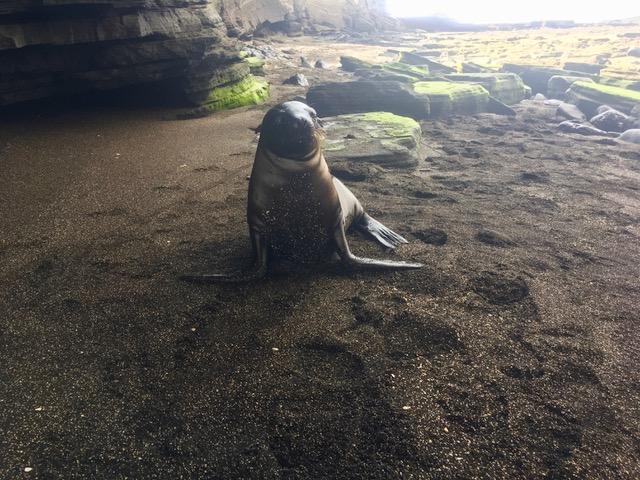
A small seal walking up and by me. These guys blend into the rocks and seem to emerge from any and all directions.
All groups travel with a naturalist guide from the islands who is trained in this special field. The guides go through years of training and are often given additional training sessions to keep abreast of new information.
Waiting for the transfer ferry can be a very warm experience as it is very humid. Plan to bring a water bottle, maybe a snack and a sun hat!
The upper deck of the Natural Paradise with hot tub and covered dining area is a perfect way to bid the day goodby. The rooms are air conditioned – not necessary most nights, but much appreciated during the heat of mid day.
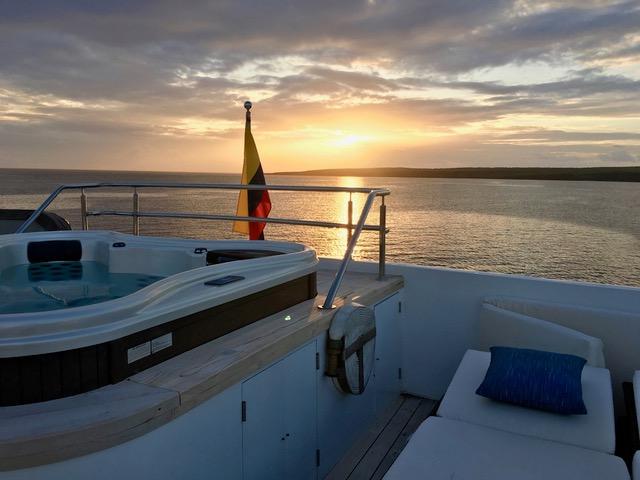

Blue footed booby about to take a walk!
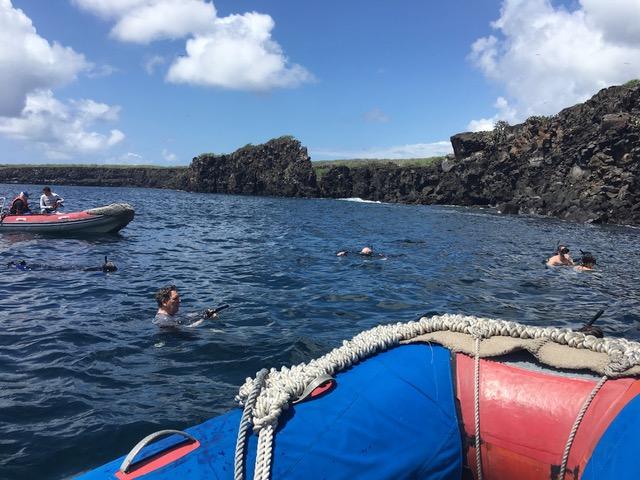
Snorkeling in deep water off of Rabida Island
Isabella Island is very remote, beautiful beaches and one old hotel here. Iguanas love it here – they look just like dinosaurs. We decided to add on a couple of nights to explore this island. Being island bound “in retreat” here, removed from worldly distractions was a perfect closure to our naturalist experience after the cruise.
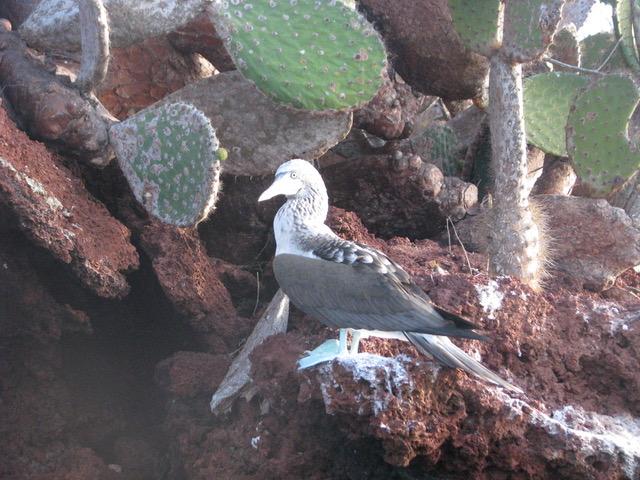

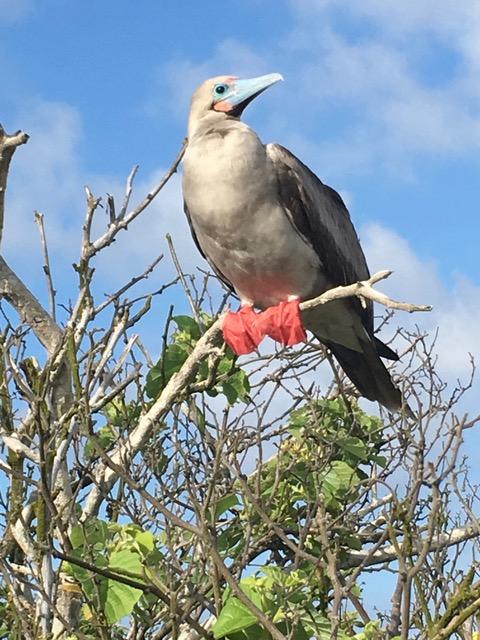
A healthy, red booted booby.

The Nazca booby, a cousin of the red and the blue footed variety
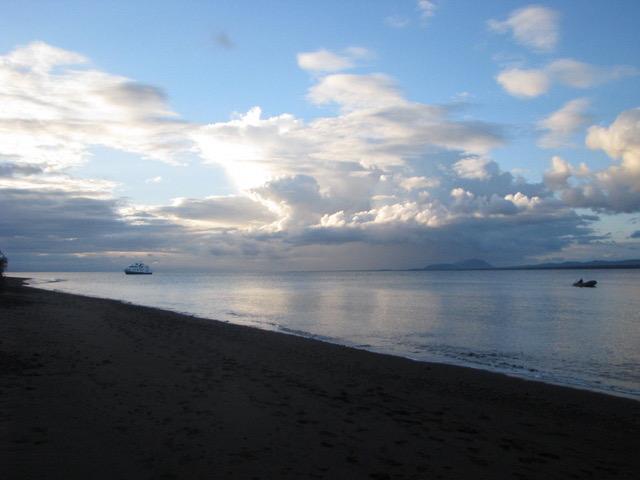
The Natural Paradise
Read comments from some New View Travelers about their trip to the Galapagos.
After a day in Lima, we fly to Cuzco to explore Peruvian Inca ruins discovered by Hiram Bingham in the early 1900’s. Many sites around the Inca capital city. Cuzco and along the spectacular Sacred Valley carved by the rushing Urubamba River. Discover for yourself the complex story of Machu Piccu. Knowledgeable guides take us to the weaving collective, the monumental Inca rock buildings and tour with us through Cuzco. The enormous central plaza features colonial churches build on stones set by Incas.
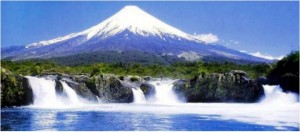 This trip starts with a tour to Valparaiso on the coast, then heads for the city of Santiago. We stop at two inland vineyards outside Santiago. Then it is a flight to the Puerto Montt region along the Pacific coast. We visit the unique island arriving at the southern access to Chiloe National Park. Next, cross the mountain lakes with a stop at Petrohue falls in Vicente Perez Rosales national park. Our travels take us by bus, catamaran, and ferry Argentina Crossover the Andes to the lake town of San Carlos de Barlioche where we stay 2 nights. It is a flight on to Buenos Aires for a taste of the city including a guided tour, of course a tango demonstration over a late night dinner and 2 – 3 days of exploration.
This trip starts with a tour to Valparaiso on the coast, then heads for the city of Santiago. We stop at two inland vineyards outside Santiago. Then it is a flight to the Puerto Montt region along the Pacific coast. We visit the unique island arriving at the southern access to Chiloe National Park. Next, cross the mountain lakes with a stop at Petrohue falls in Vicente Perez Rosales national park. Our travels take us by bus, catamaran, and ferry Argentina Crossover the Andes to the lake town of San Carlos de Barlioche where we stay 2 nights. It is a flight on to Buenos Aires for a taste of the city including a guided tour, of course a tango demonstration over a late night dinner and 2 – 3 days of exploration.
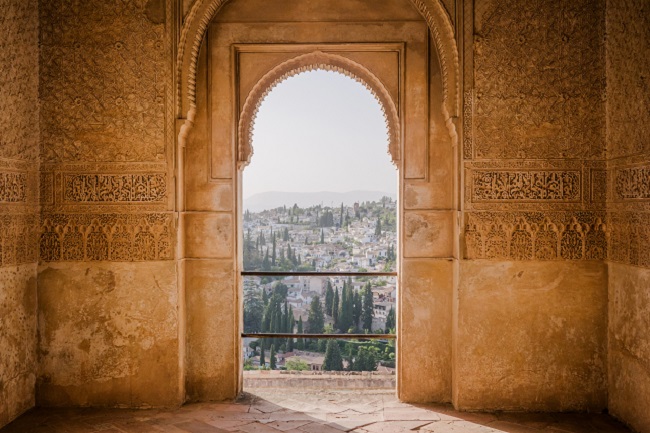
Alhambra, Spain
New View Tours is delighted to offer a Tour to the Gardens and Art of Spain with a focus on the architectural legacy of the country: the palaces, churches and sites of Romans, Moors, the Spanish Reconquista and local peoples.
Enjoy the flora and fauna of different regions during this shoulder Fall season after the high tourist season subsides.
Join us to explore unique niches in their country.
Special visits arranged for the group will include private gardens in Seville and a visit to a private home outside of Madrid.
October 4 – 18, 2018
A tour in two parts: Northern Route & Southern Route:
Both weeks – $5,250 double occupancy;
$1,700 single supplement.
2 places remain open on this tour.

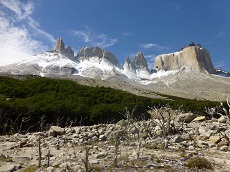
Tours Designed with Your Interests in Mind:
Art, History, Wine Tasting, Yoga, Photography, Just Friends!
From The New York Times:
With 10 Million Acres in Patagonia, a National Park System Is Born
Two Americans snapped up large swaths of land in Chile, which they donated to a new conservation area that will be three times the size of Yosemite and Yellowstone combined.
https://www.nytimes.com/2018/02/19/world/americas/patagonia-national-park-chile.html
For years I had wanted to visit my family’s homeland. There at last, I found a memorable tapas bar, soulful culture and a town with my name.
Dear Friends & Travelers,
Hello 2018!
Michael and I wish you a prosperous and peaceful year.
We start with renewed energy for New View Tours thanks to each of you who have
traveled with us; and to each of you who plan to join a tour in the future!
Our efforts and travels continue to be enjoyable experiences for us and for fellow
travelers who continue to be interested in joining us!
In Gratitude
Thanks to the numerous travel partners in Ecuador, Chile, Peru; and now France
and Spain for their diligent assistance welcoming us, guiding us and hosting us.
Our international friends living here and abroad have offered a wealth of
information and assistance. Each of you have done great work for us.
Gracias, Merci, Thank You!
Whatever your travel choices are in 2018,
thank you for staying in touch.
We are glad to exchange ideas, swap travel notes and hear your travel stories.
This is to wish you a rewarding year of peace, prosperity and harmony – whether
you are headed outbound or making your way back down the road to home.
Happy Trails!
New View Tours Overview – 2018
Andean Exploration – Peru & Bolivia & Machu Picchu
From Lima fly to Arequipa, van thru Colca Canyon to Puno, then cross into La Paz,
Bolivia; fly to Cuzco Peru and Machu Picchu.
2 Openings – Deadline NOW!
Learn more about the Andes Trip
8 – 23 April 2018
Castles & Caves of Southwest France:
Bordeaux to Toulouse
A waiting list is forming Group size: 12
Here we are enjoying the Musee de Pre-Histoire last year:
Learn more about the France trip
20 – 30 September 2018
Gardens and Art of Spain: North & South
Bilbao to Santiago de Compostela; Seville to Granada then Madrid – Group size: 10
4 – 18 October 2018
Learn more about the Spain trip
The New Parks of Patagoina:
The Torres del Paine, then Pumalin & Patagonia Parks. Group size size: 6 – 8
Winter 2019 – 10 days in early February
Learn more from the Patagonia Park brochure
Plan Your Own Tour: we will be glad to help
you design one of the tours that we have taken in the last seven years:
Cuenca, Ecuador;
Galapagos Islands of Ecuador;
Patagonia Parks of Chile
Buenos Aires to Bariloche; Argentina
Chiclayo, Peru – the pre-Inca Mochica Monuments & Palace of Sipan
Mendoza, Salta and Colome Argentina
Machu Picchu, Peru
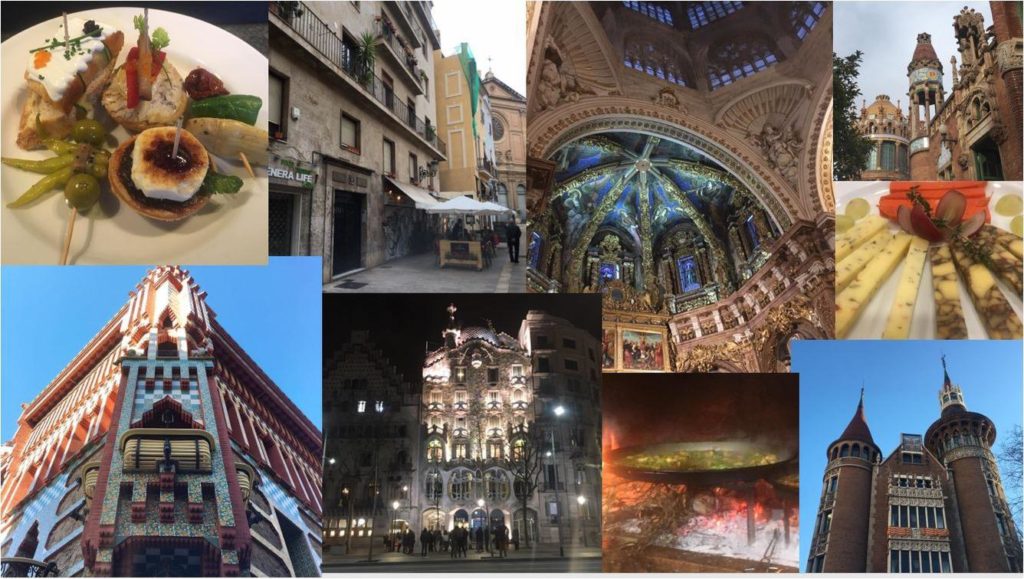
Spain! by photographer Toni Sabatino
Northern Spain!
We suggest a 10 day tour: Let’s start in Bilbao to explore the fabulous Frank Gehry designed Guggenheim museum; continue to the Renzo Pianzo designed Museo Centre de Botin in Santander. It is a beautiful drive to follow the north Atlantic coast of the Iberian peninsula to Gijon. The last three days journey to visit Santiago de Compostela, the trail from many European churches to this sacred destination for Christian pilgrims. The trail was revived in the last 40 years. Find gardens, seashores and birdlife during your days; in the evenings enjoy excellent restaurants or look for lighter fare at niche tapas bar scenes.(Let’s see how these are places are holding up post pandemic!) We end the trip in Madrid to explore more museums than most feet can endure….Take a break to meet with friends, Marina Dudque Mulvihill and Stephen Mulvihill who have helped us plan this excursion. Spend as many extra days as you can to explore the rich collection of art in at least three significant museums: the Prado, the Reina Sofia and the Thyssen Bornemizsa Collection. (I list just three, there are so many more!)
Dates: When it is time to travel again!
2020 Pricing: $3650 per person double occupancy.
(based on group of 8 travelers)
New View Tours is delighted to offer a second trip to Northern Spain with a focus on the art and gardens, and the architectural legacy of the country: the palaces, churches and sites of Romans, Moors, Christian and Jewish cultures. Enjoy the variety between regions during the shoulder Fall season after the heat of the summer has faded.

Ravine from the Hanging Garden in Ronda
The guides: We arrange private tours for half days give us time to learn and time to explore together or independently.
A personal touch: At El Escorial just outside of Madrid, we wrap up our tour and soak up local knowledge of the region from Marina Duque Mulvihill of Madrid and Stockbridge; In past years on trips to Seville, we have met up with her mother Mrs. Sally Crane Duque of Seville and Philadelphia, In each case, they join us to explore their favorite niches with anecdotes and a local view in this complex country.
Accommodations will be at well-appointed boutique hotels including the popular, select paradors that we reserve for you well in advance of the tour. Each hotel is chosen for its proximity to the art, the gardens and historic architecture. Most stays will be two nights.
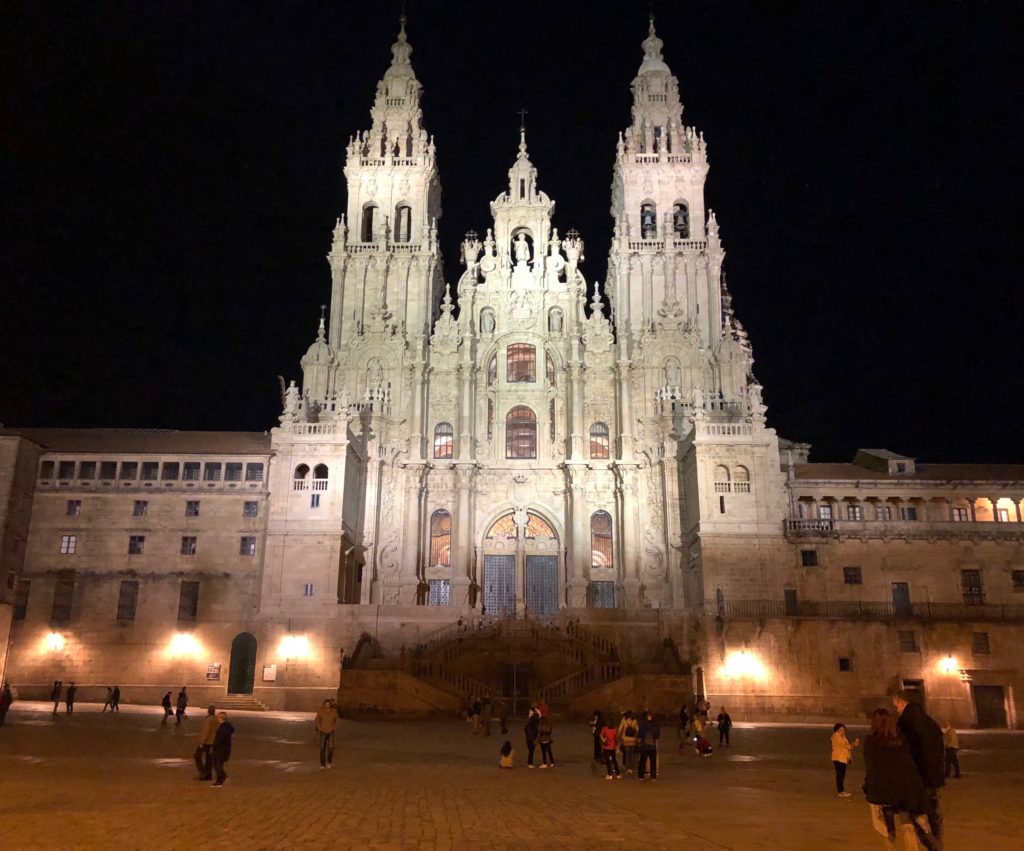
Santiago de Compostela from the Parador!
Day trips will be by private van with driver; high speed train.
In collaboration with Totally Spain, Inc. the hotels and local transportation and guides are waiting for us! Group size will be about 8 travelers.
A detailed itinerary is in the works. Please request one: Ramelle@Newviewtours.com.
Ramelle and Michael Pulitzer will be on the tour, coordinate arrangements during the trip and look forward to traveling with you!
Activity level: Moderate too Active. Travelers must be in good health, able to walk distances across the gardens in open parks and port their luggage in a train station and airport.

Glorious Moorish designs in the Alcazar
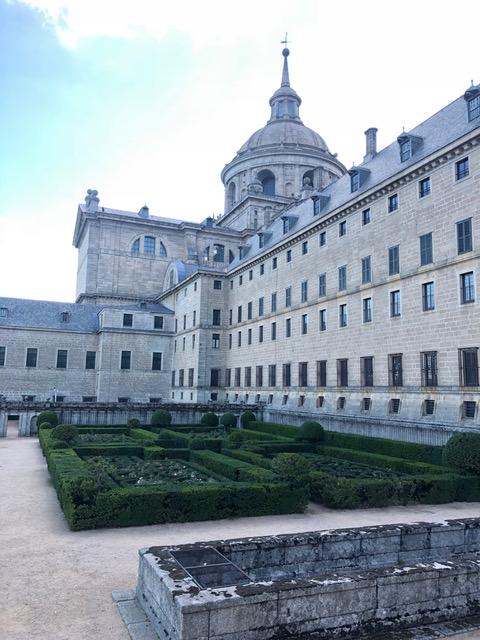
A section of the Escorial Palace with its expansive gardens – outside of Madrid

Hiking the Picos Mountains in Spain
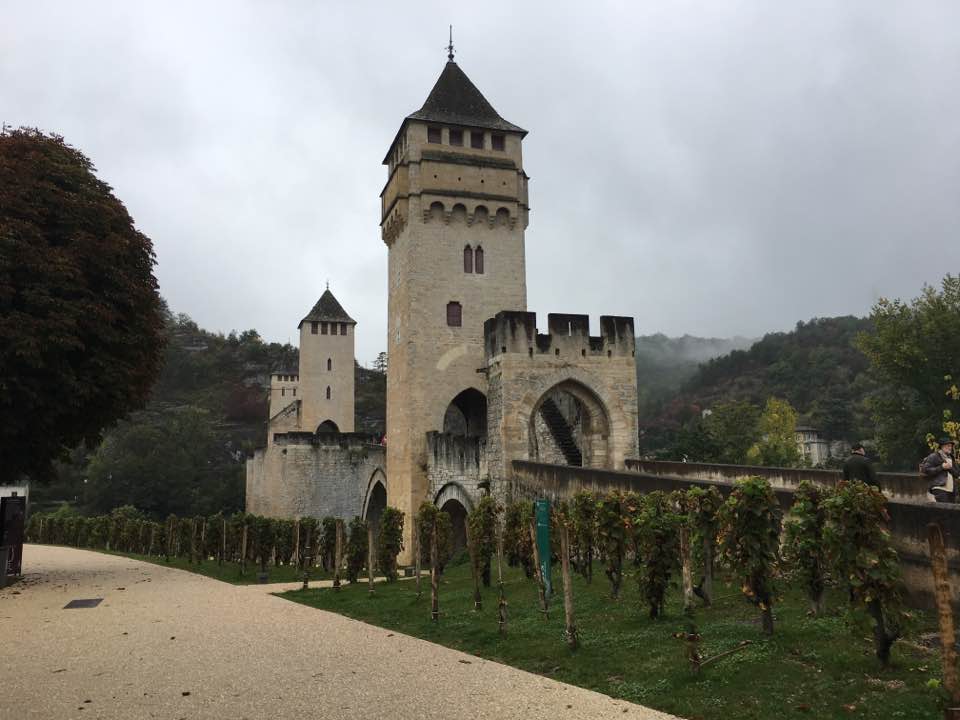
Pont Valentere in Cahors on our last day – rainy!

Challenging light for the photo but perfect for dining on our last night dining outside on the great plaza in Toulouse in front of the “city hall” that is also a performing arts center.
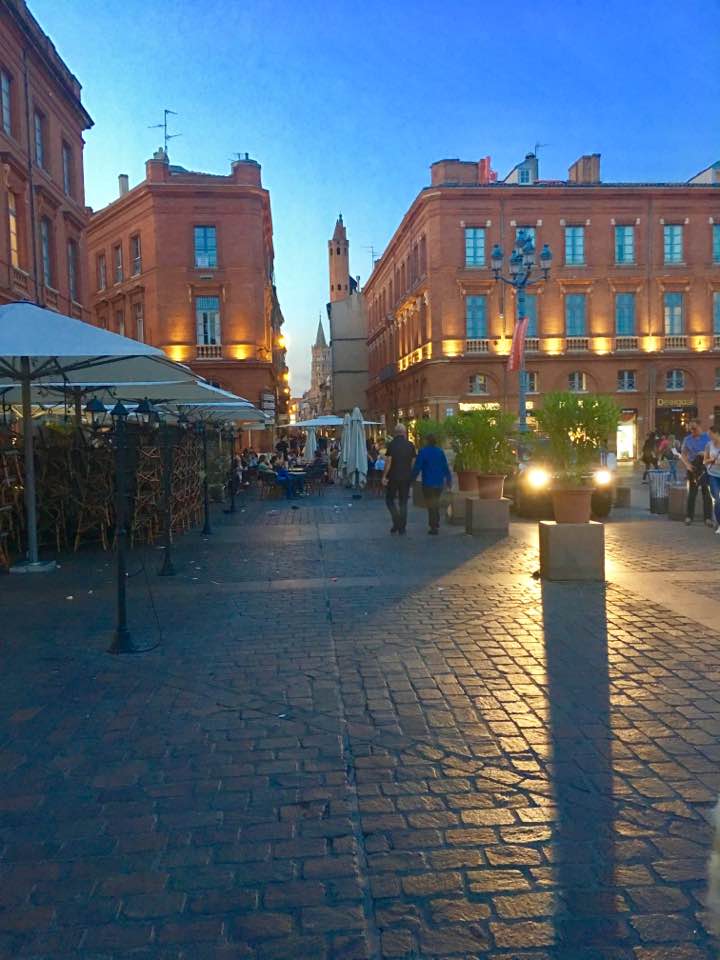
Toulouse, France center city plaza at night

Delightful trip this year: here we are – Castles and Caves – on ur last night in Toulouse at the Grand Hotel de Opera: Michael pulitzer Dick Moore, Janie Wilson Barbara Moore, JD Wilson, Charlotte Hanes Charles Taft, Ramelle Pulitzer
